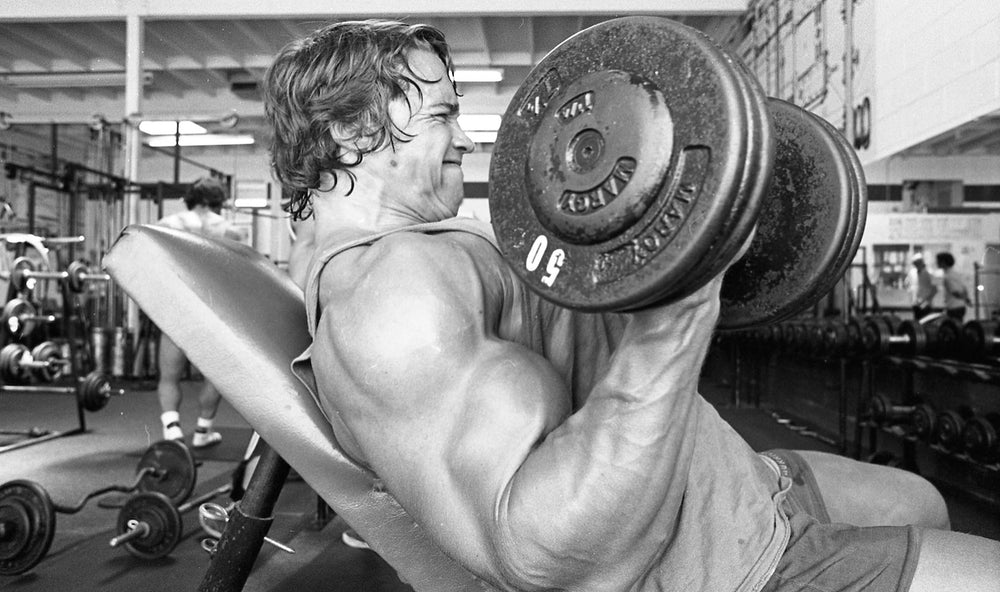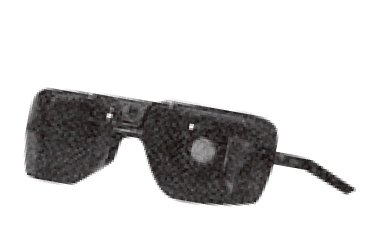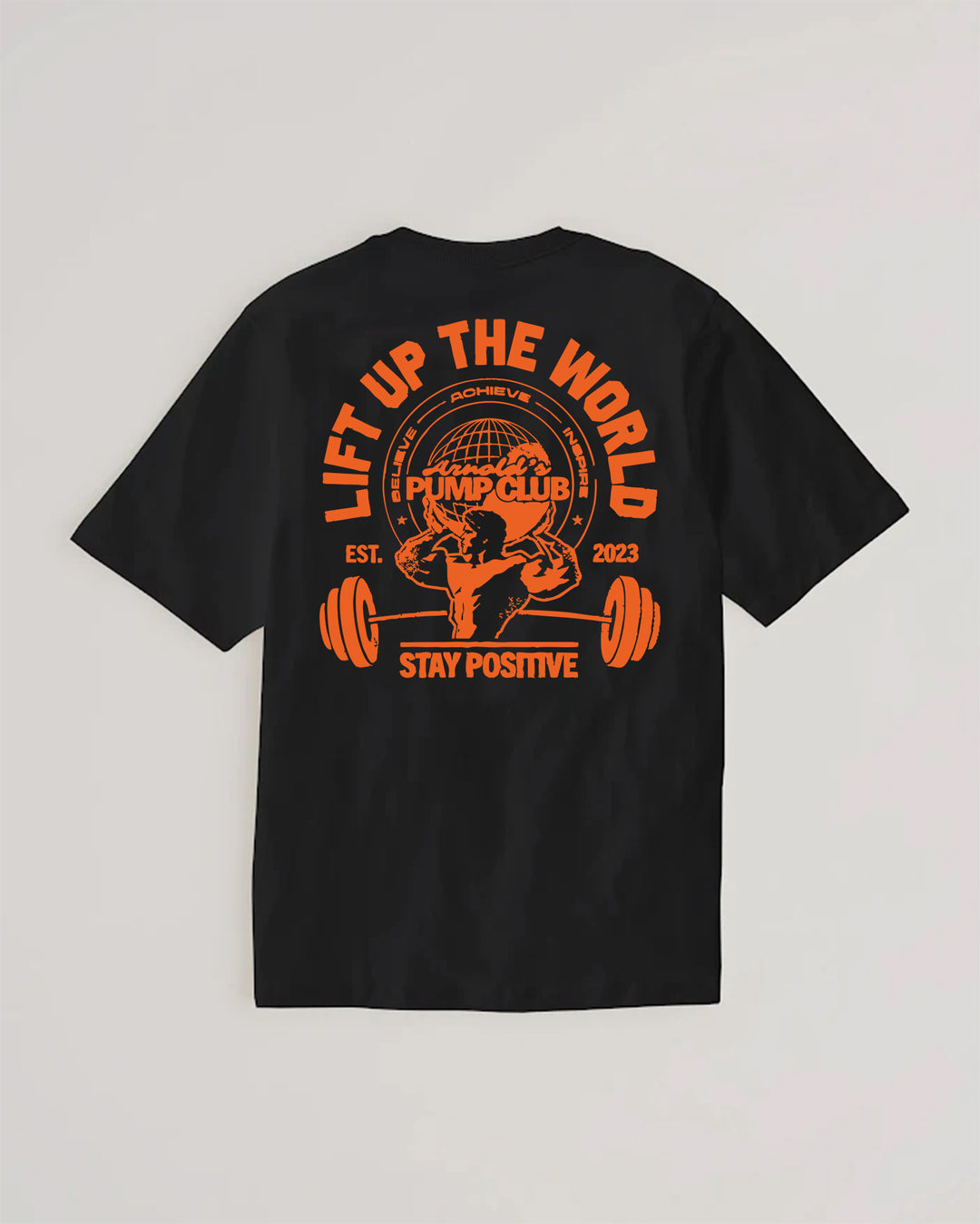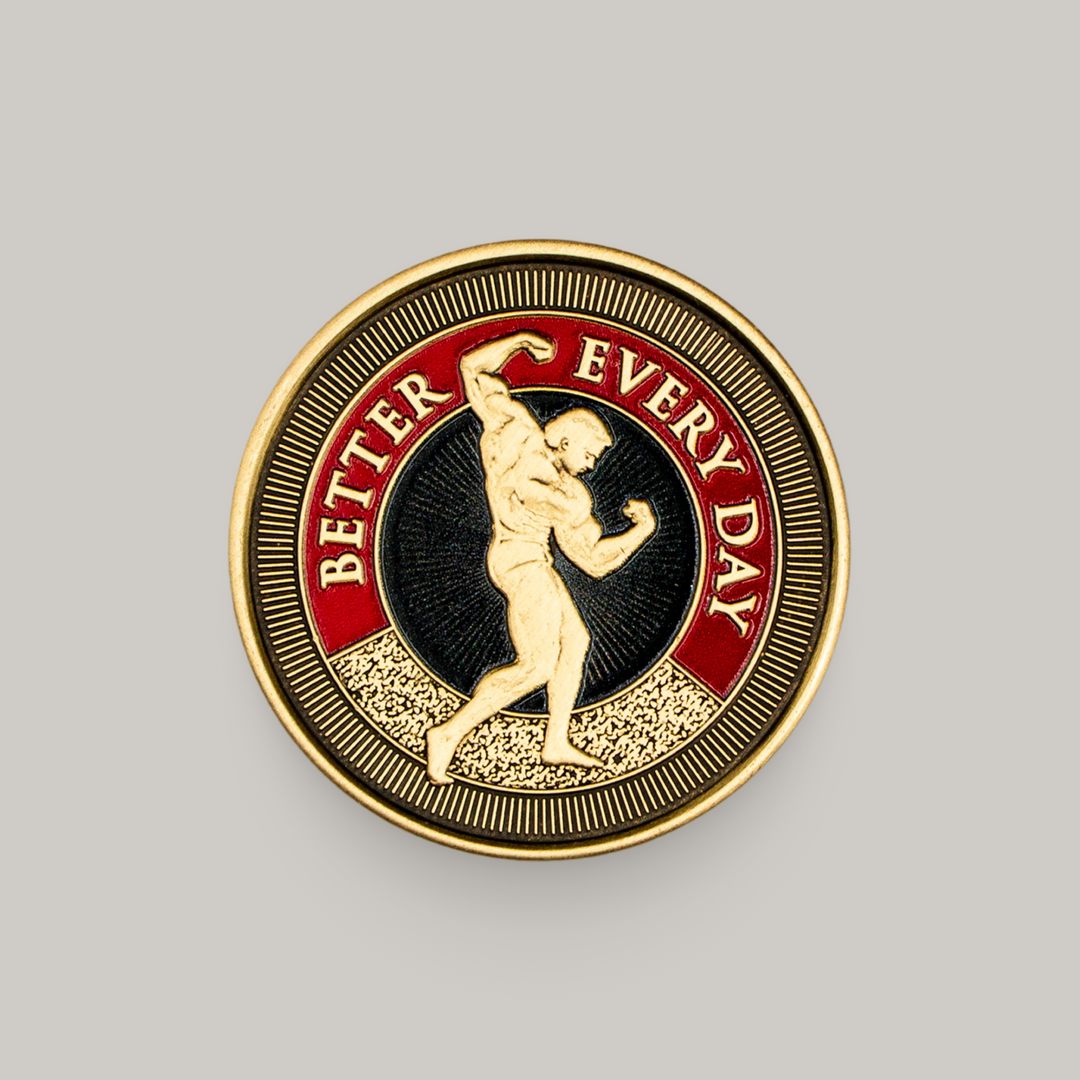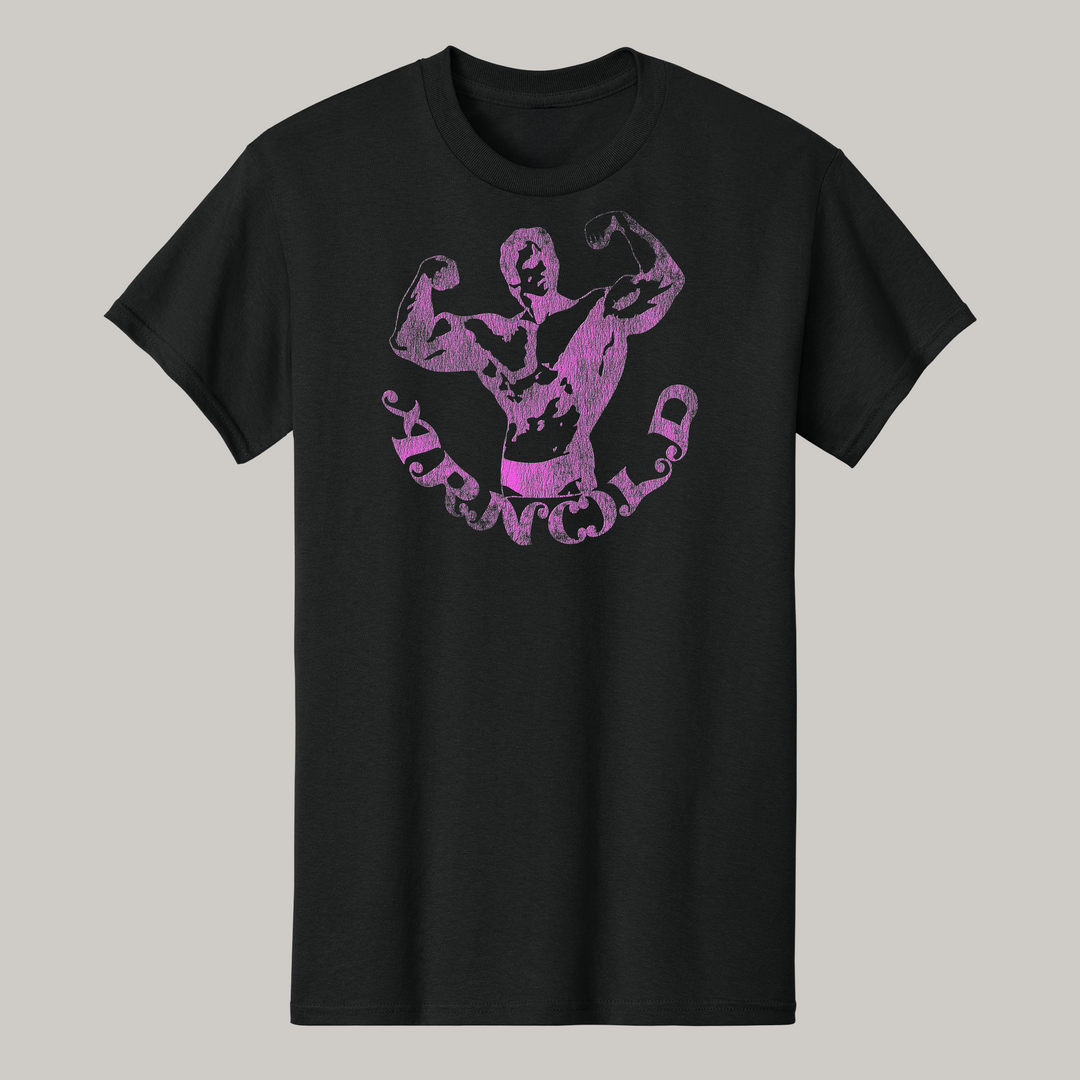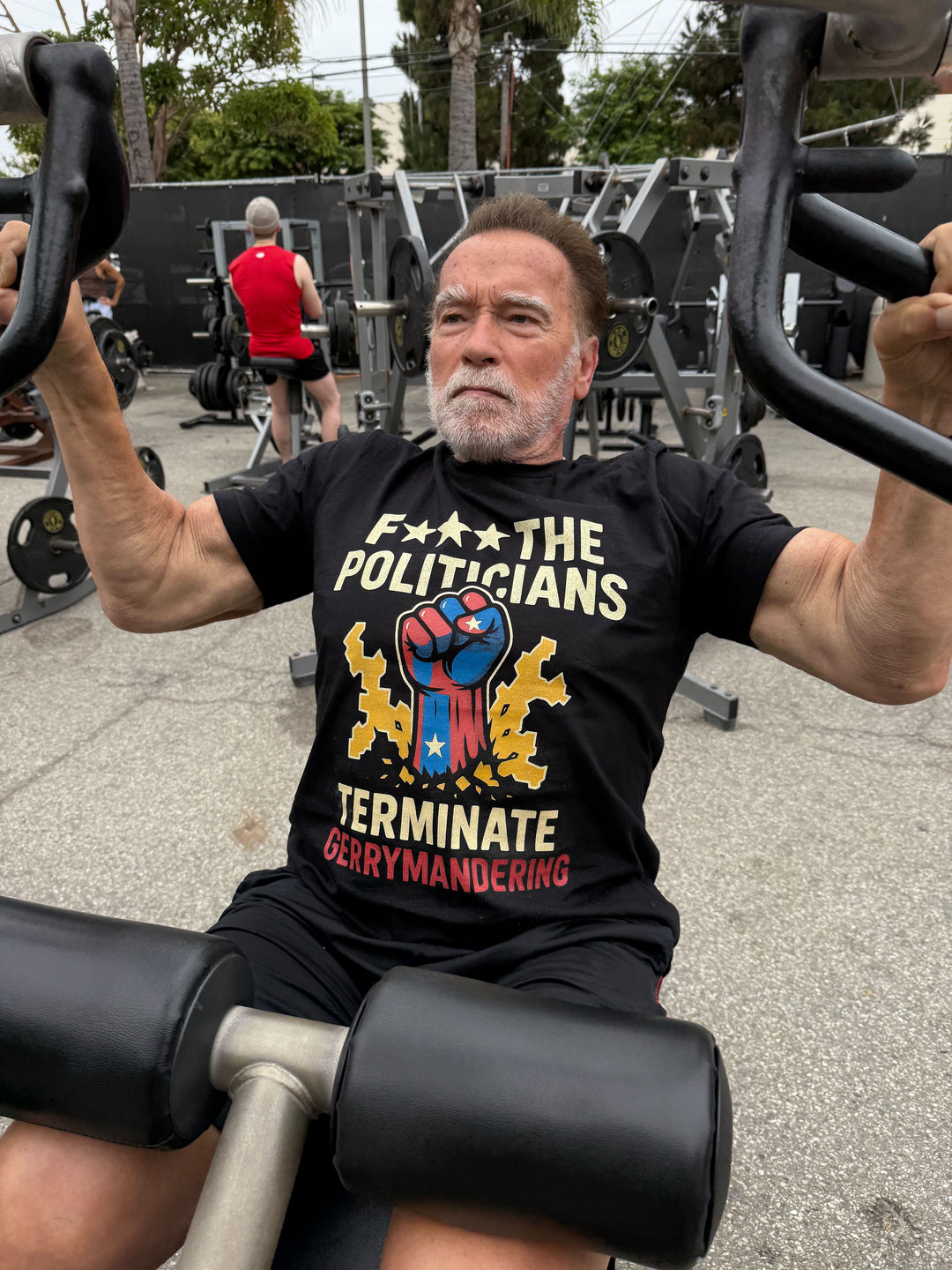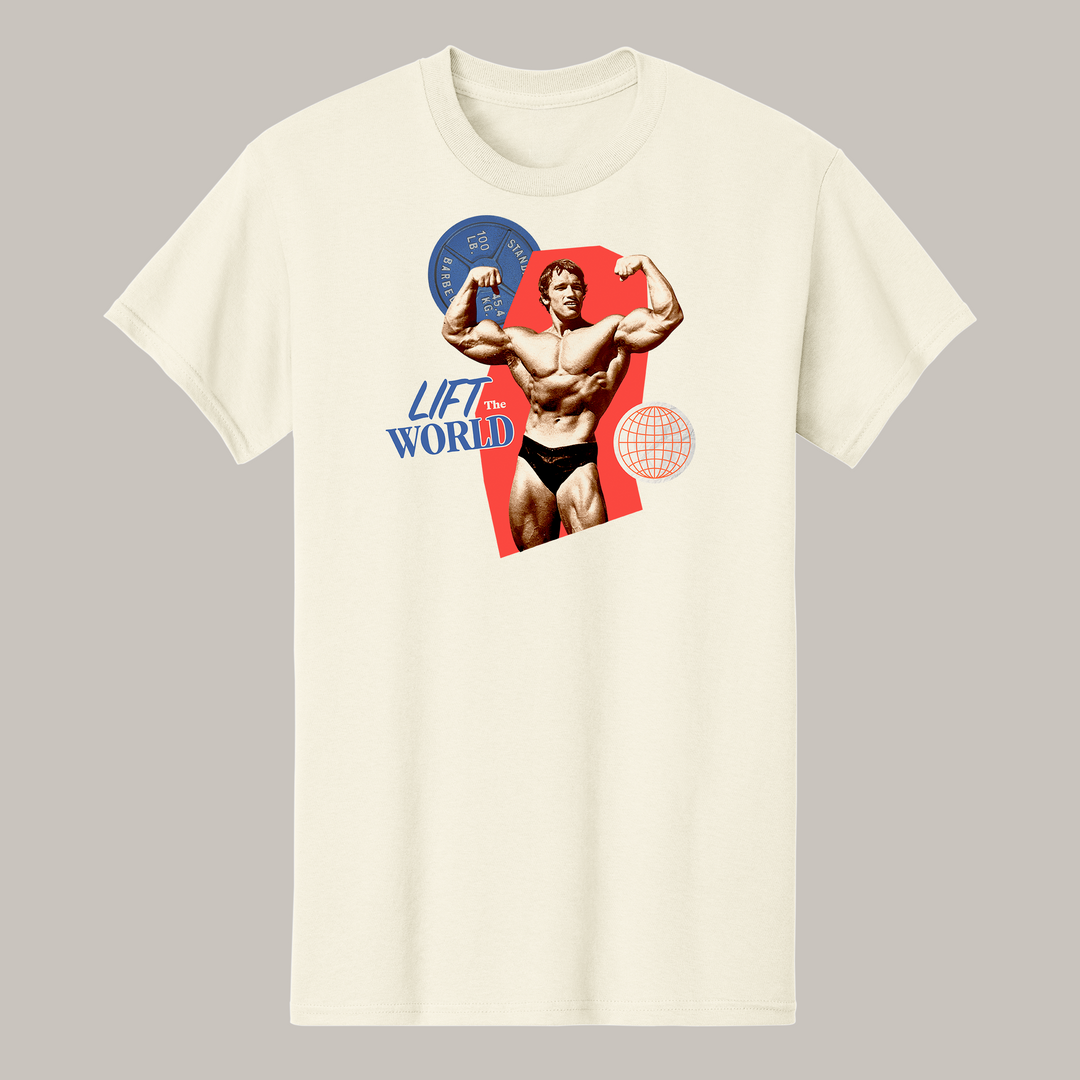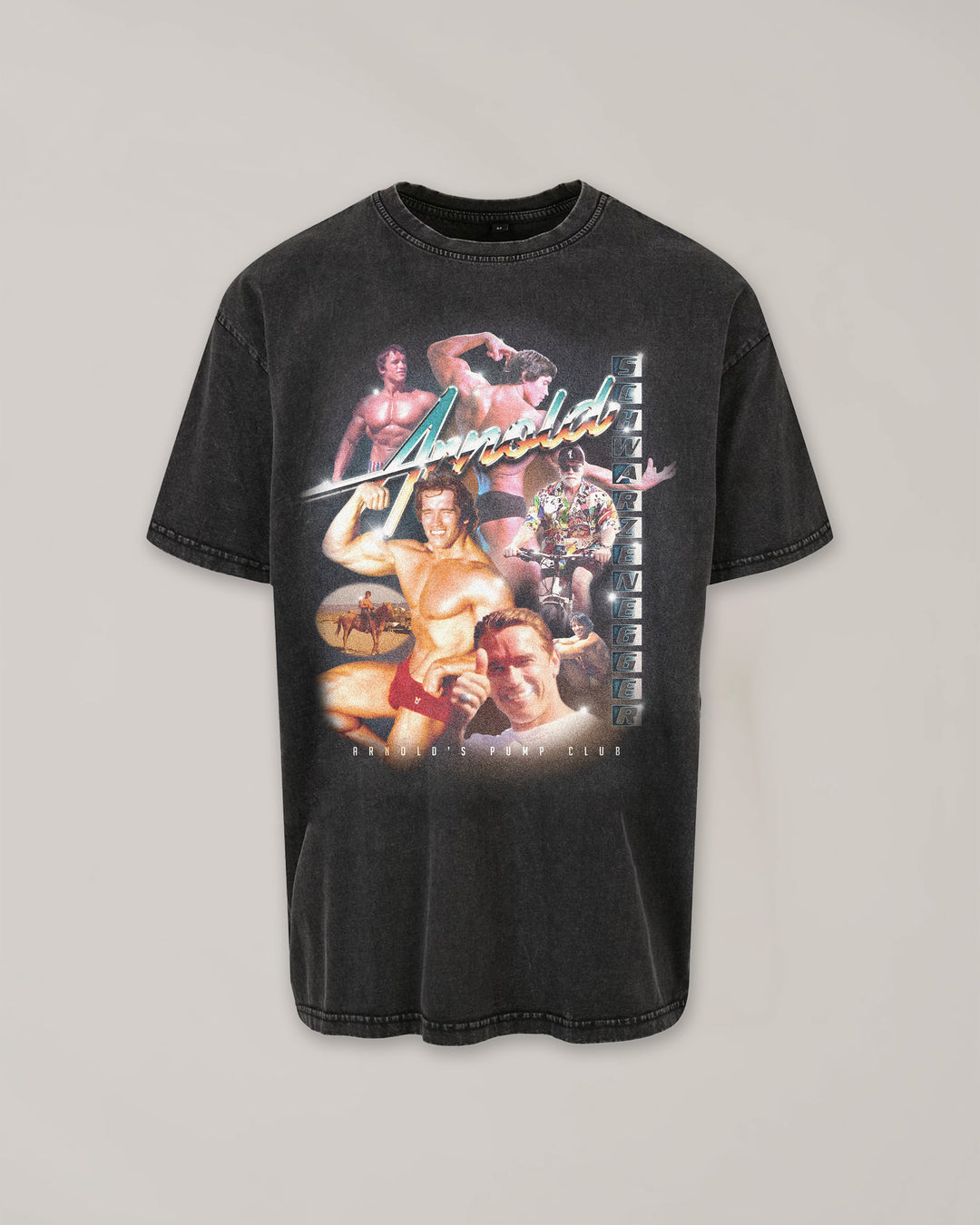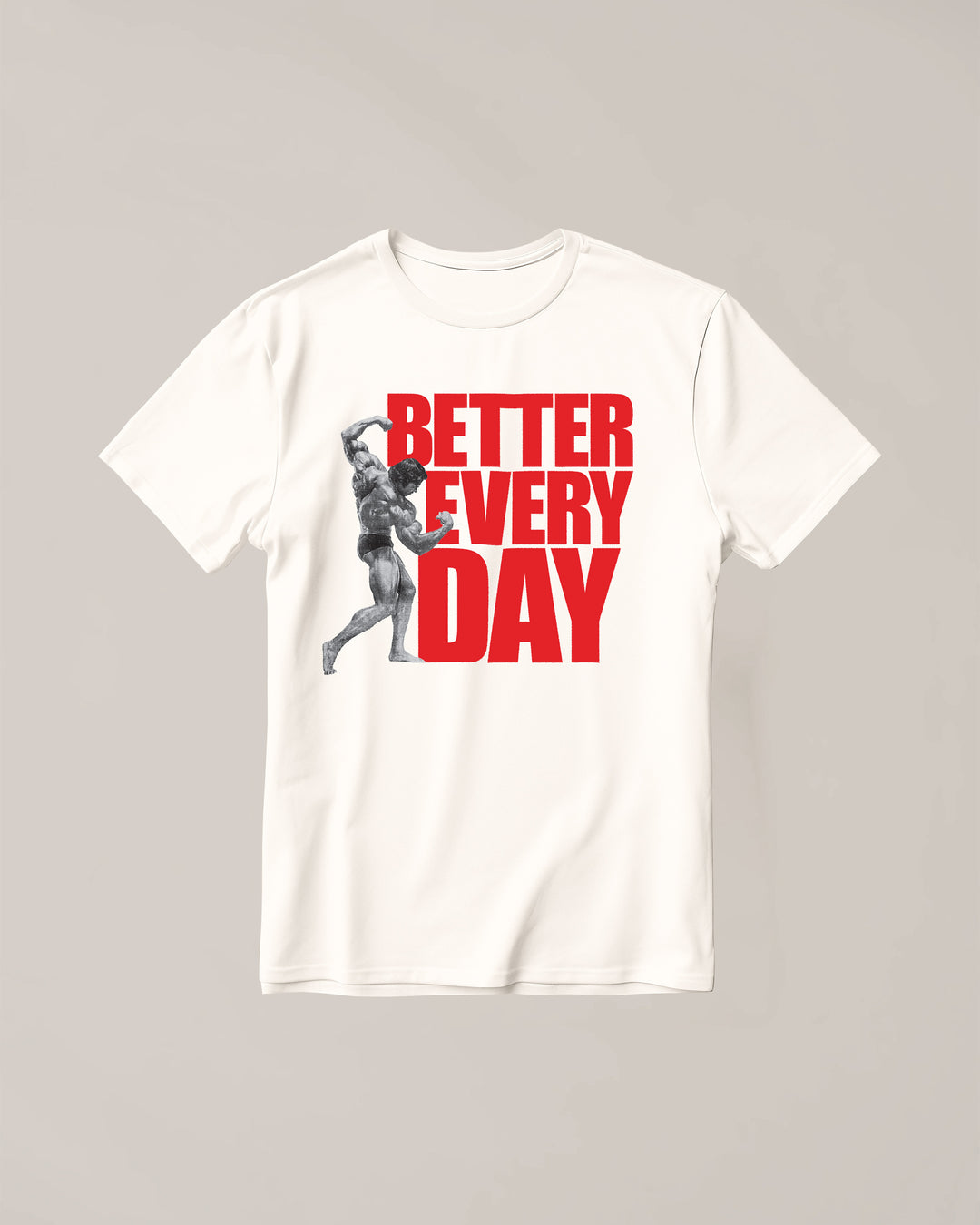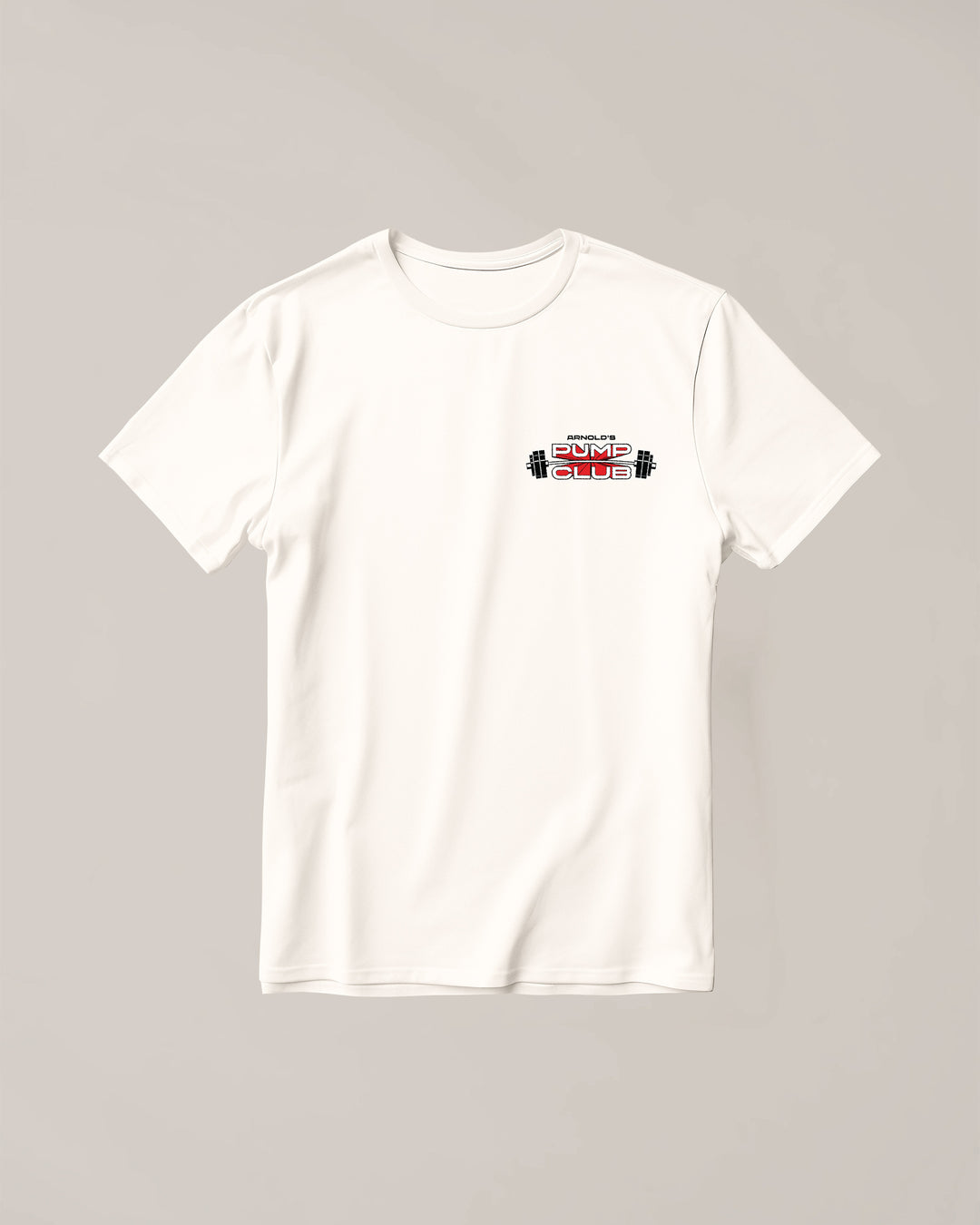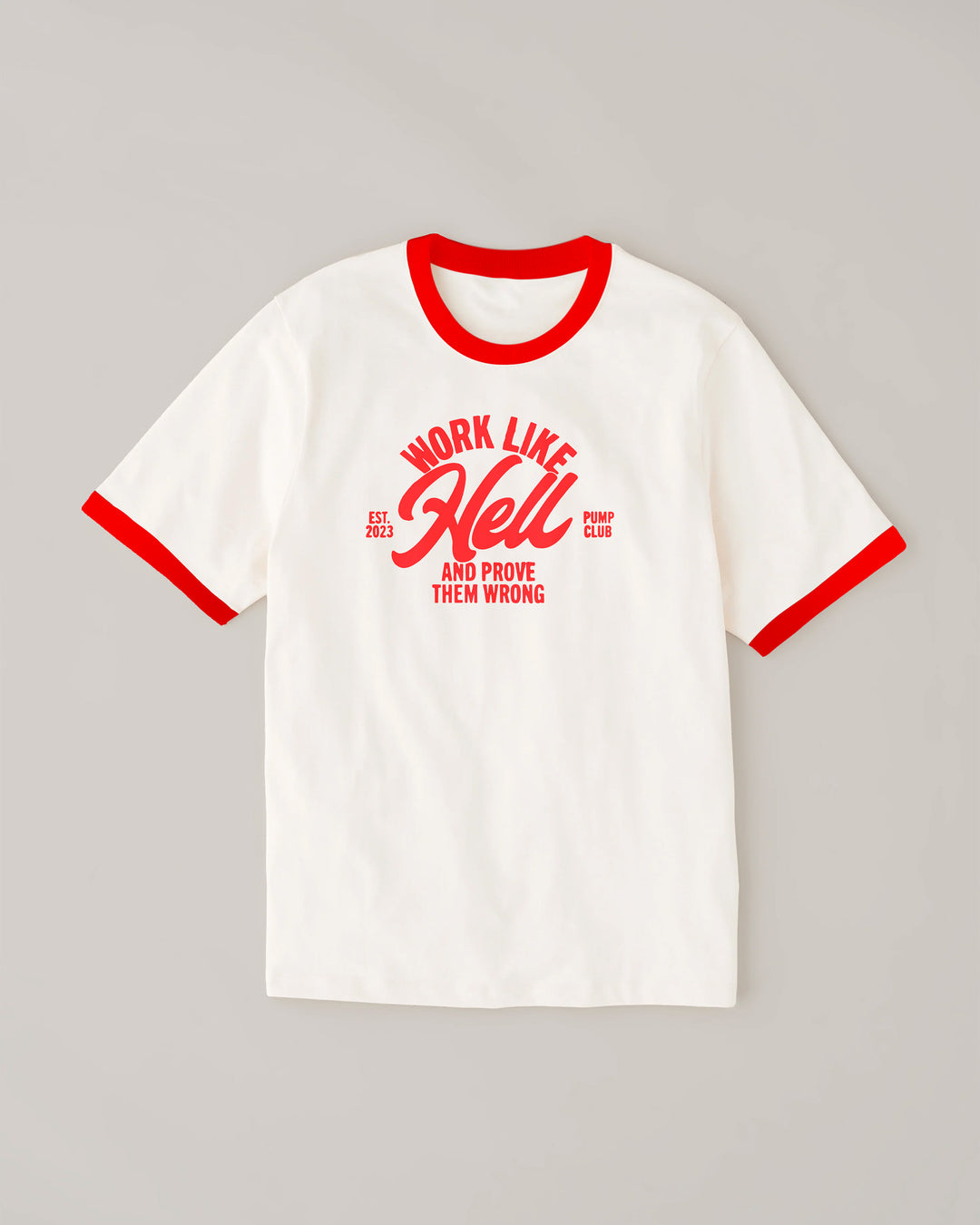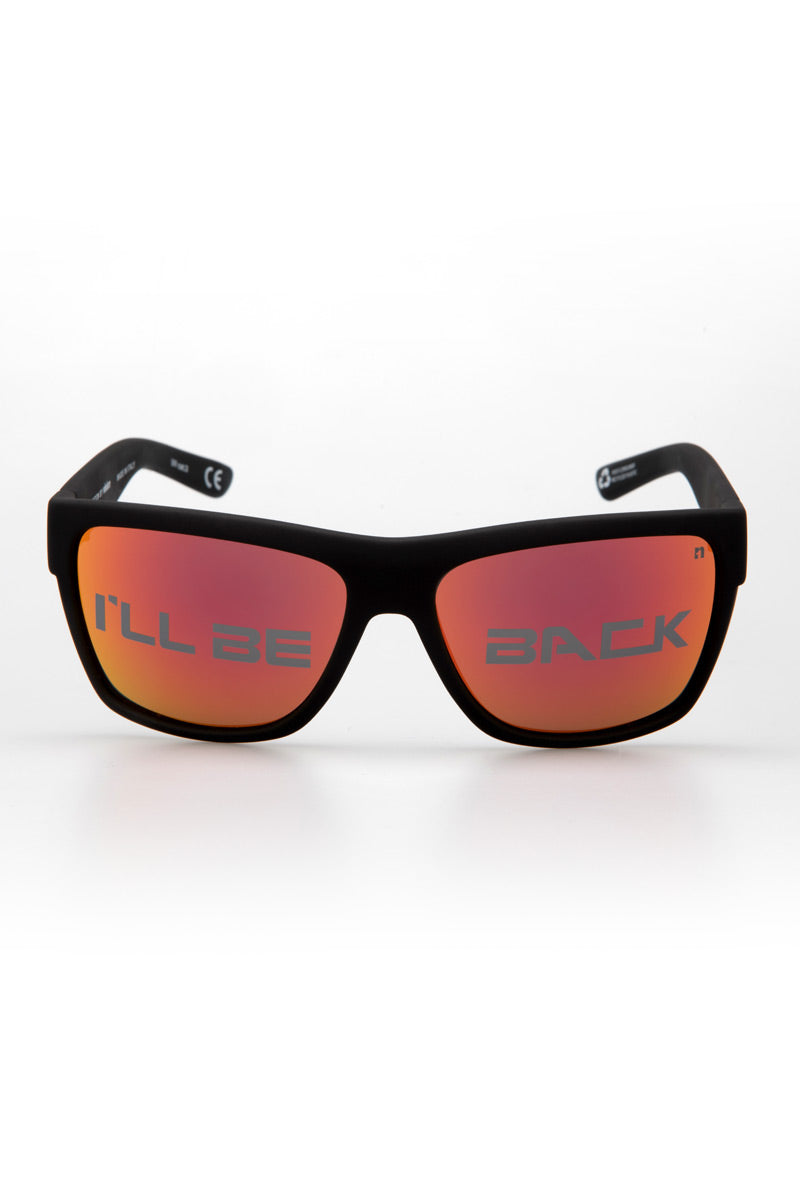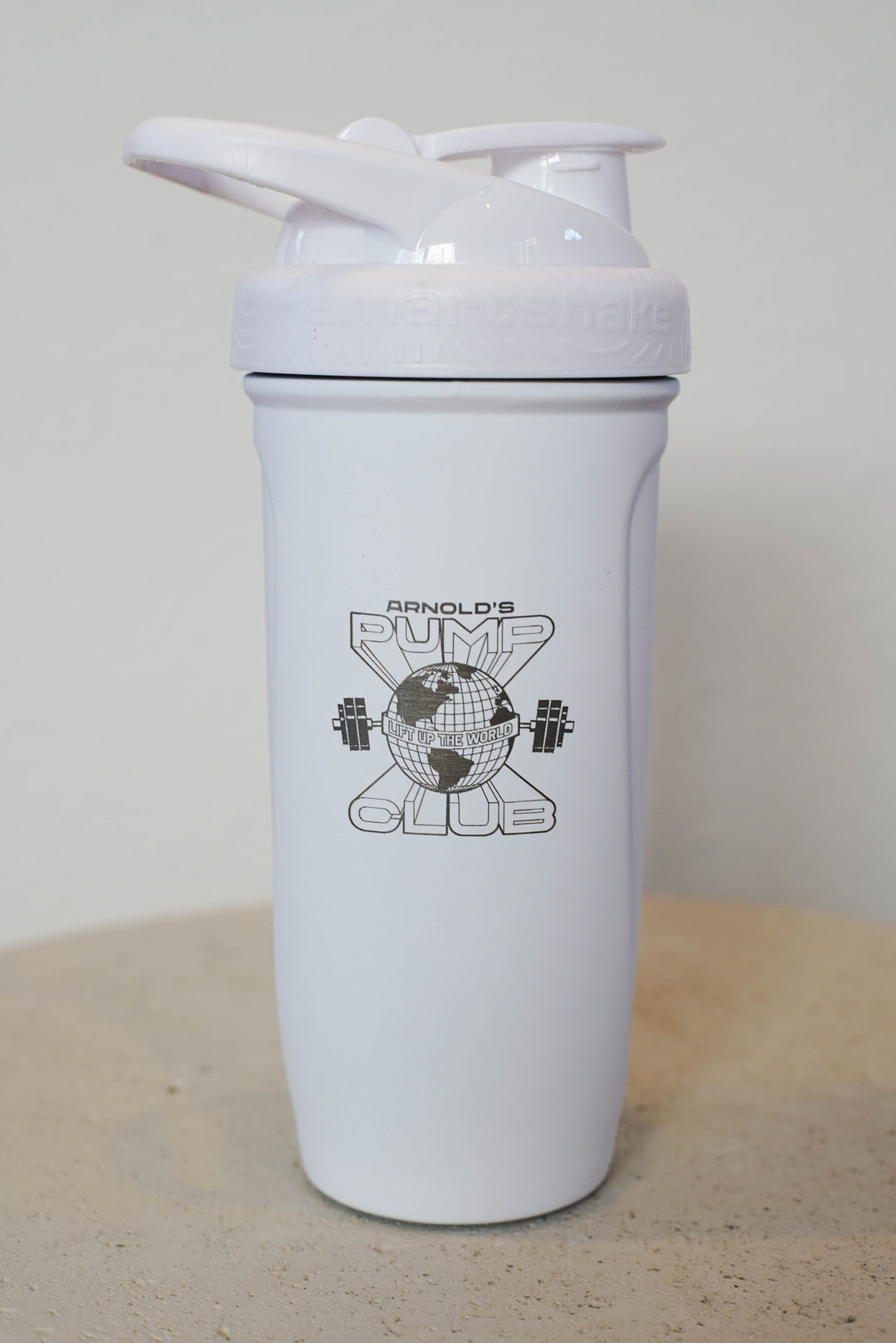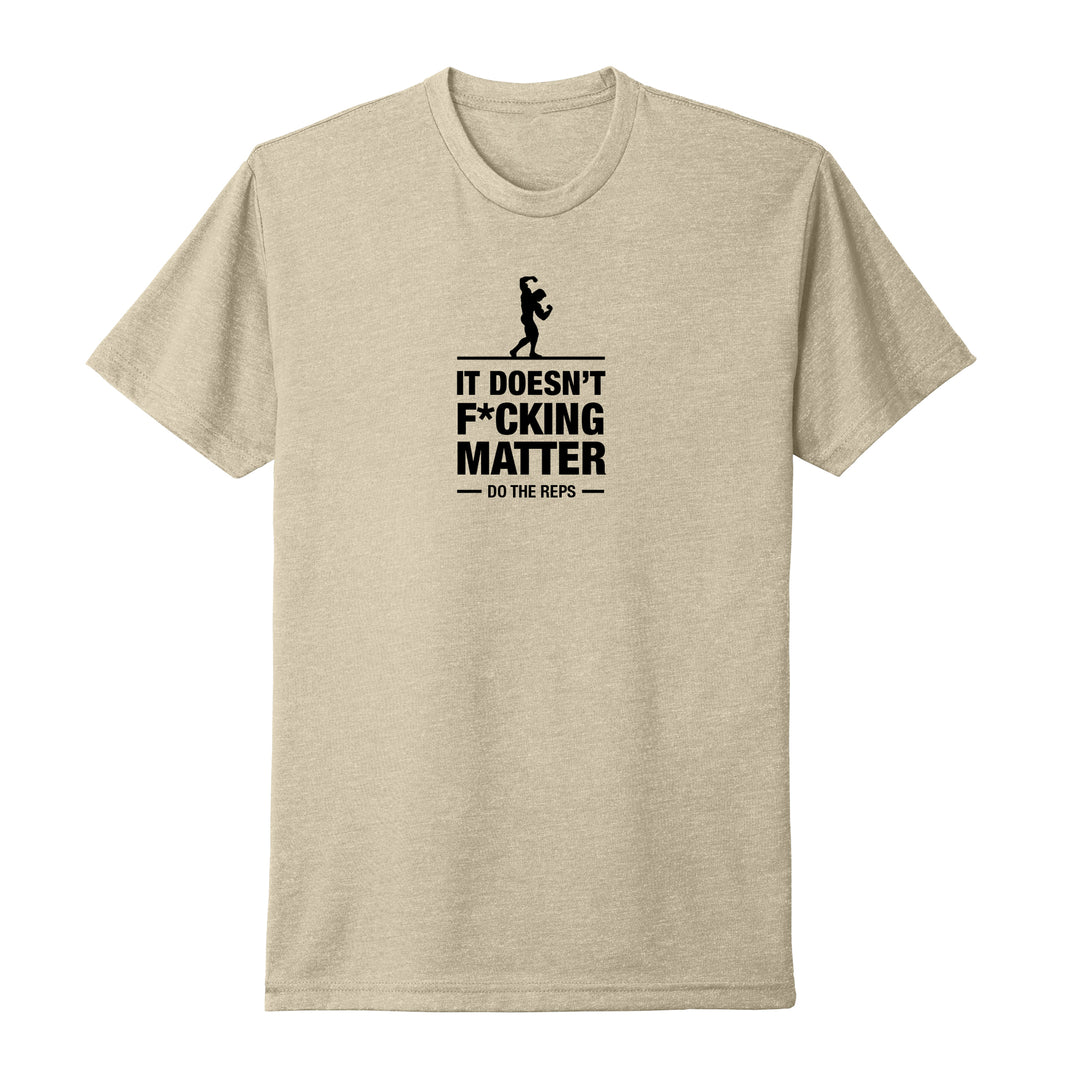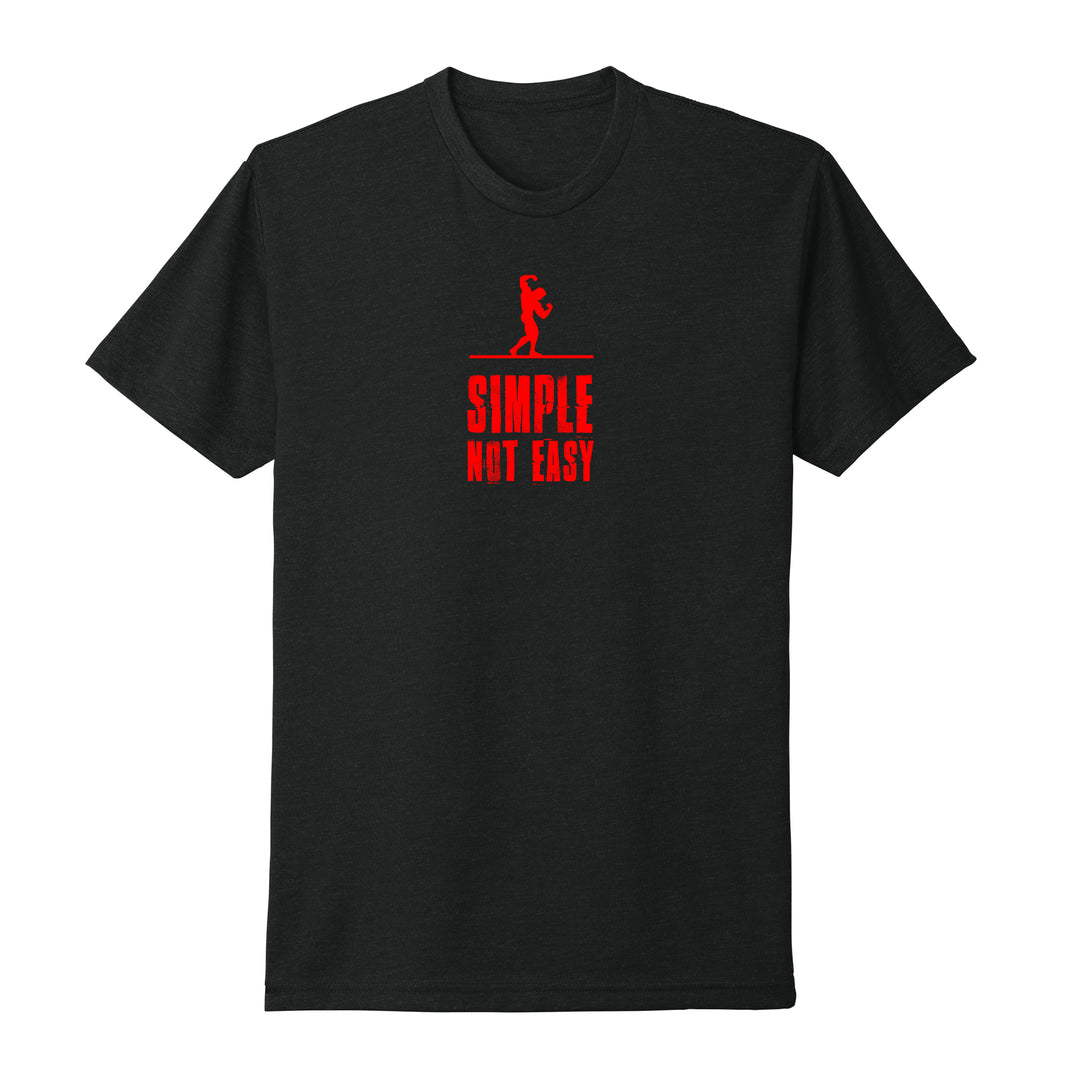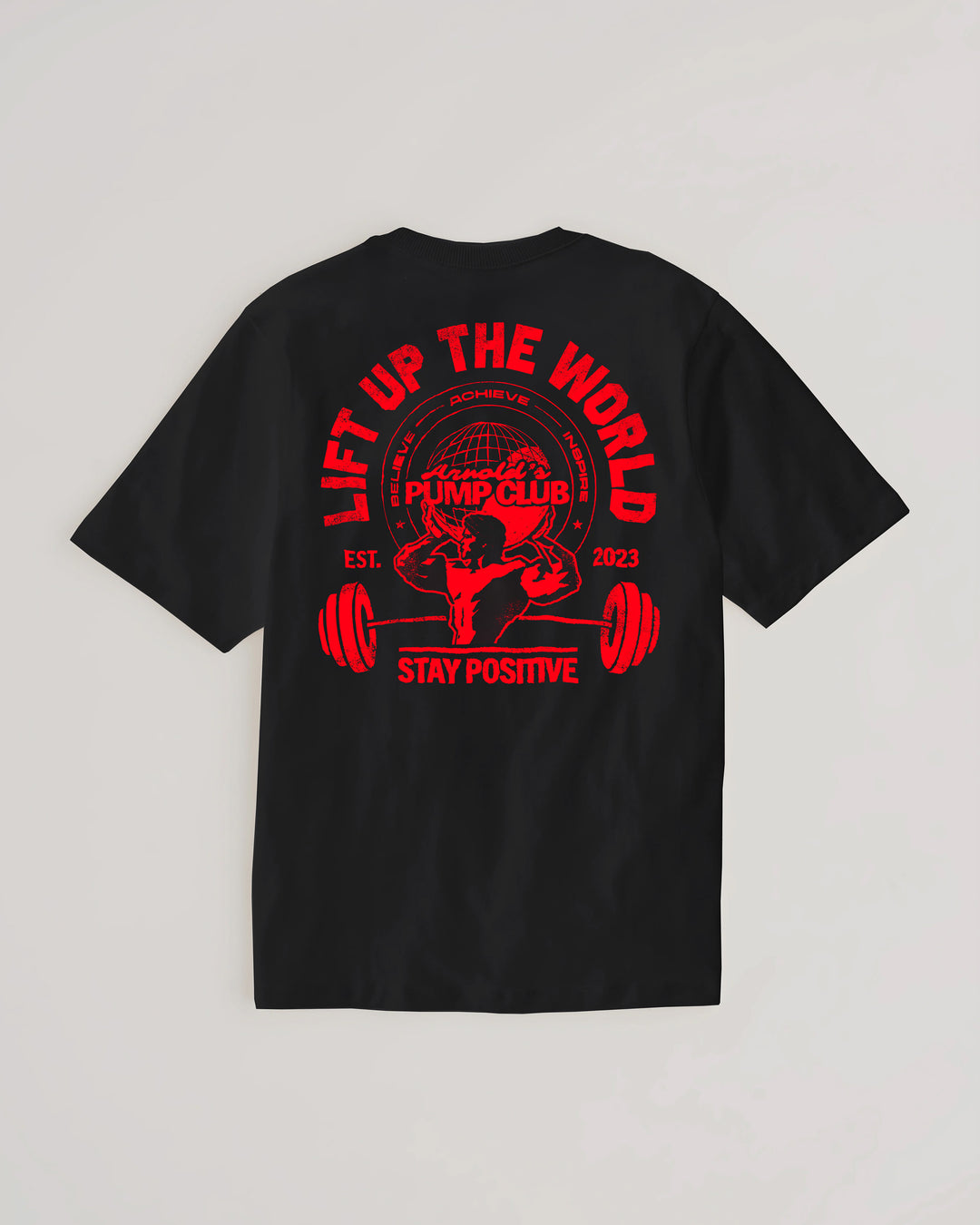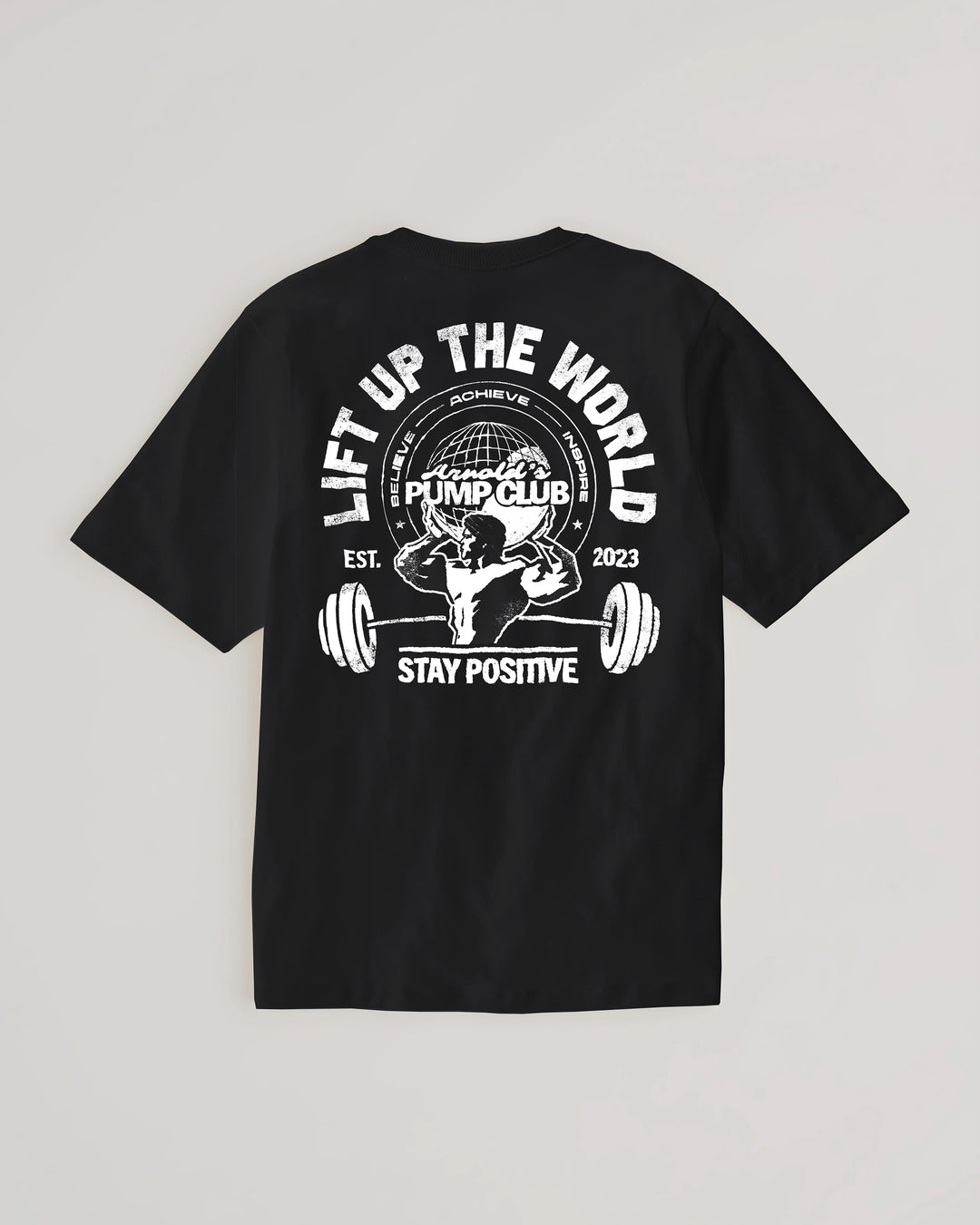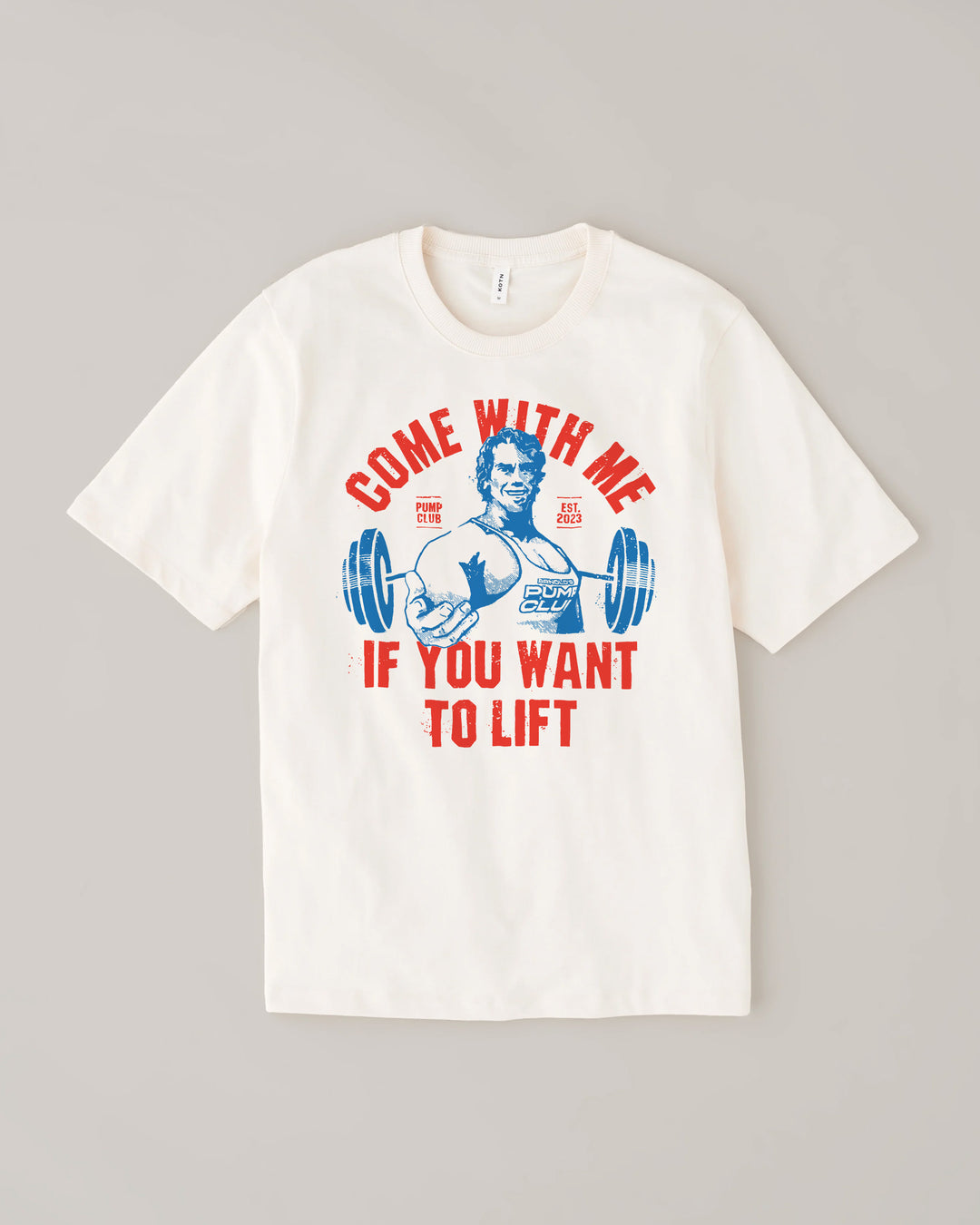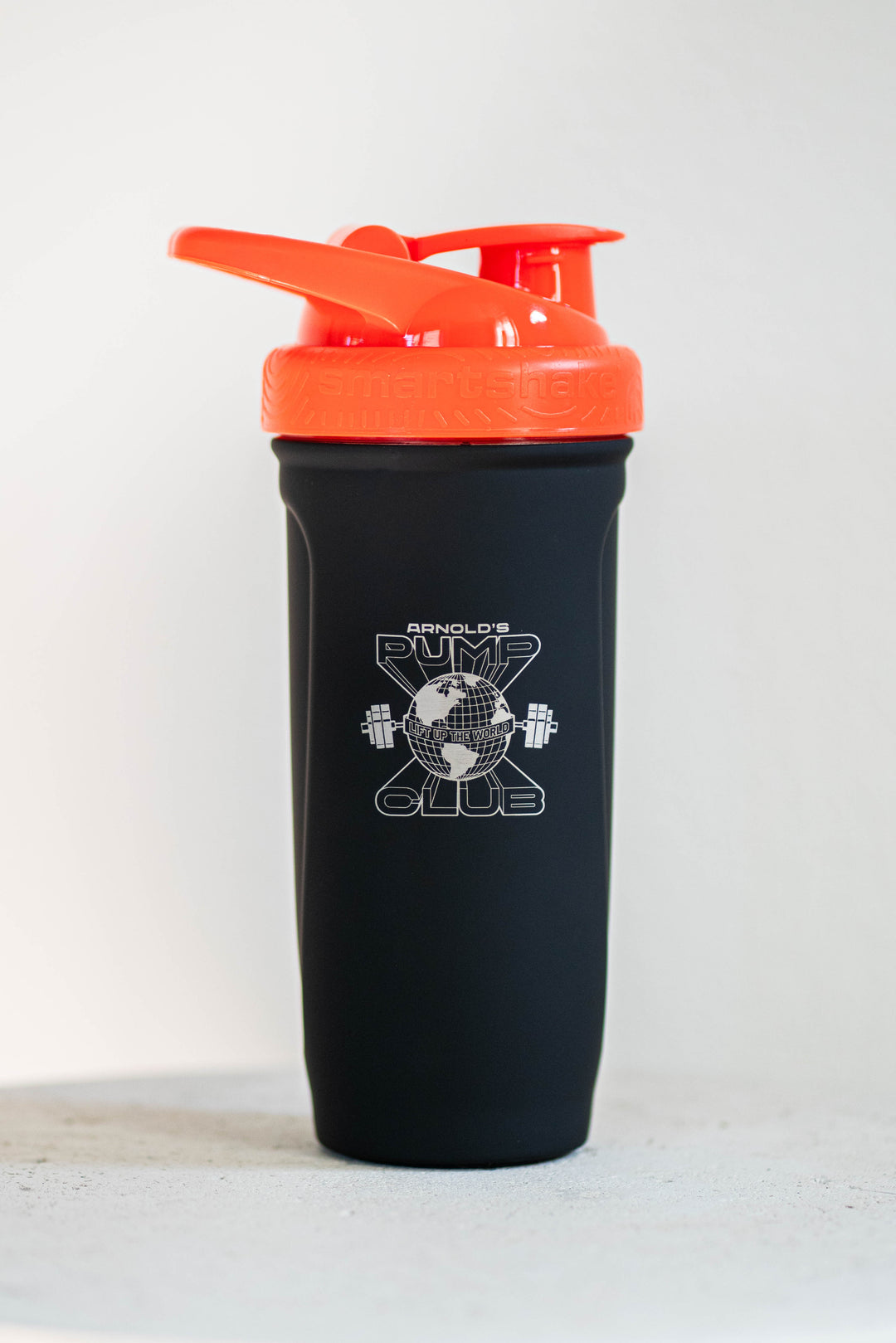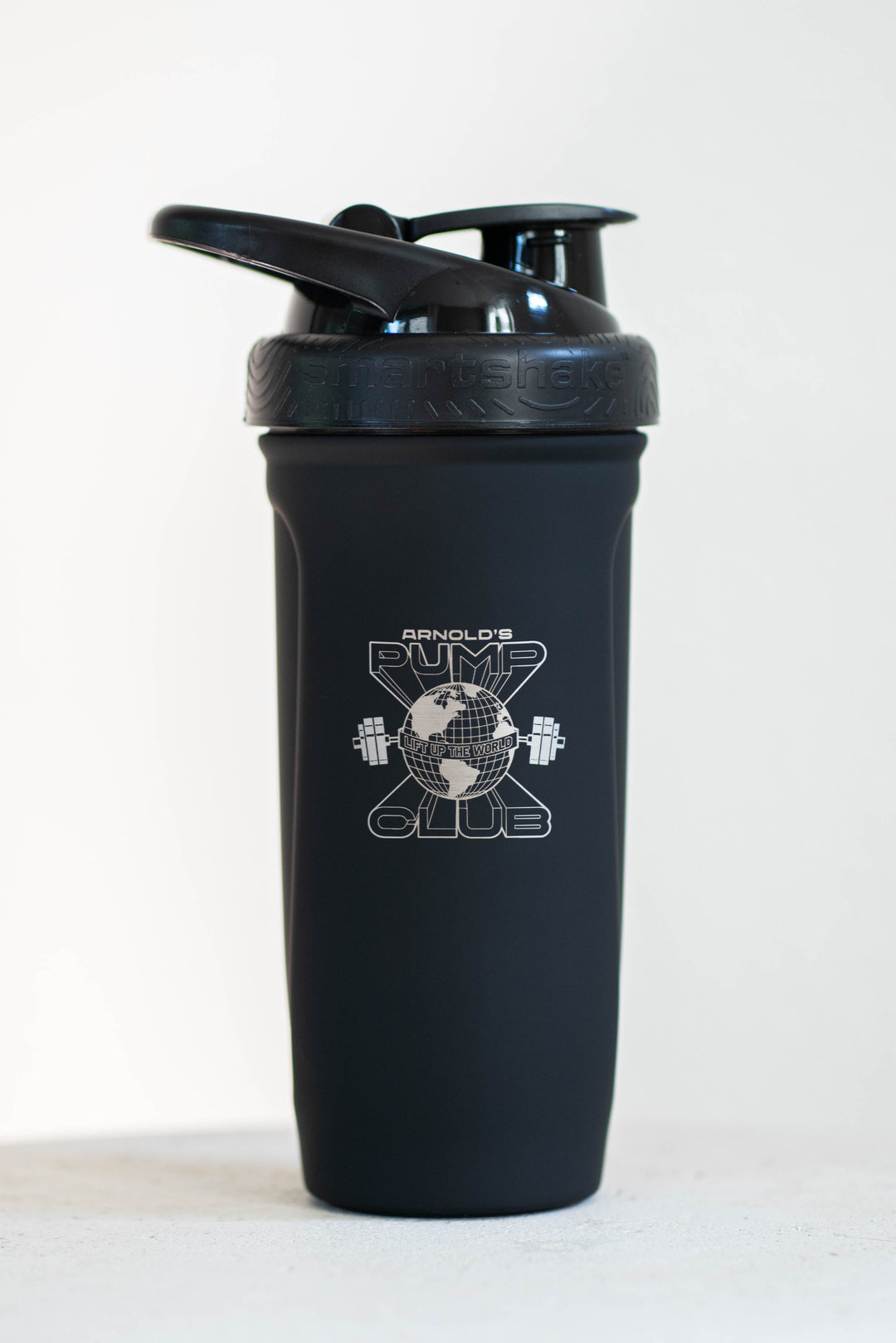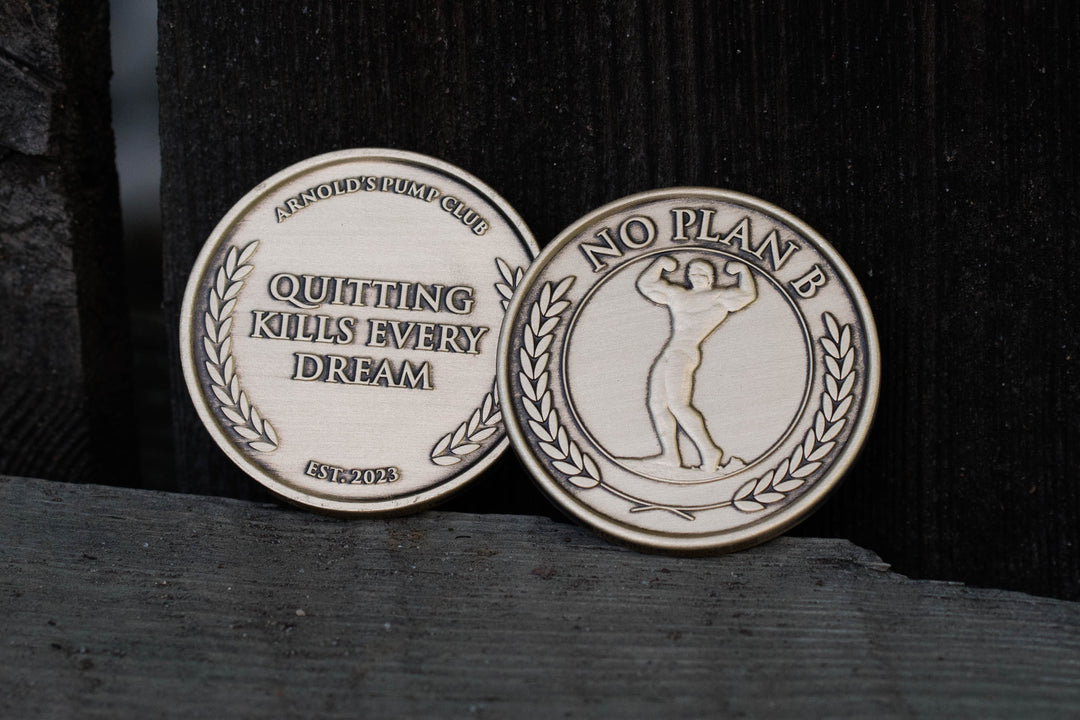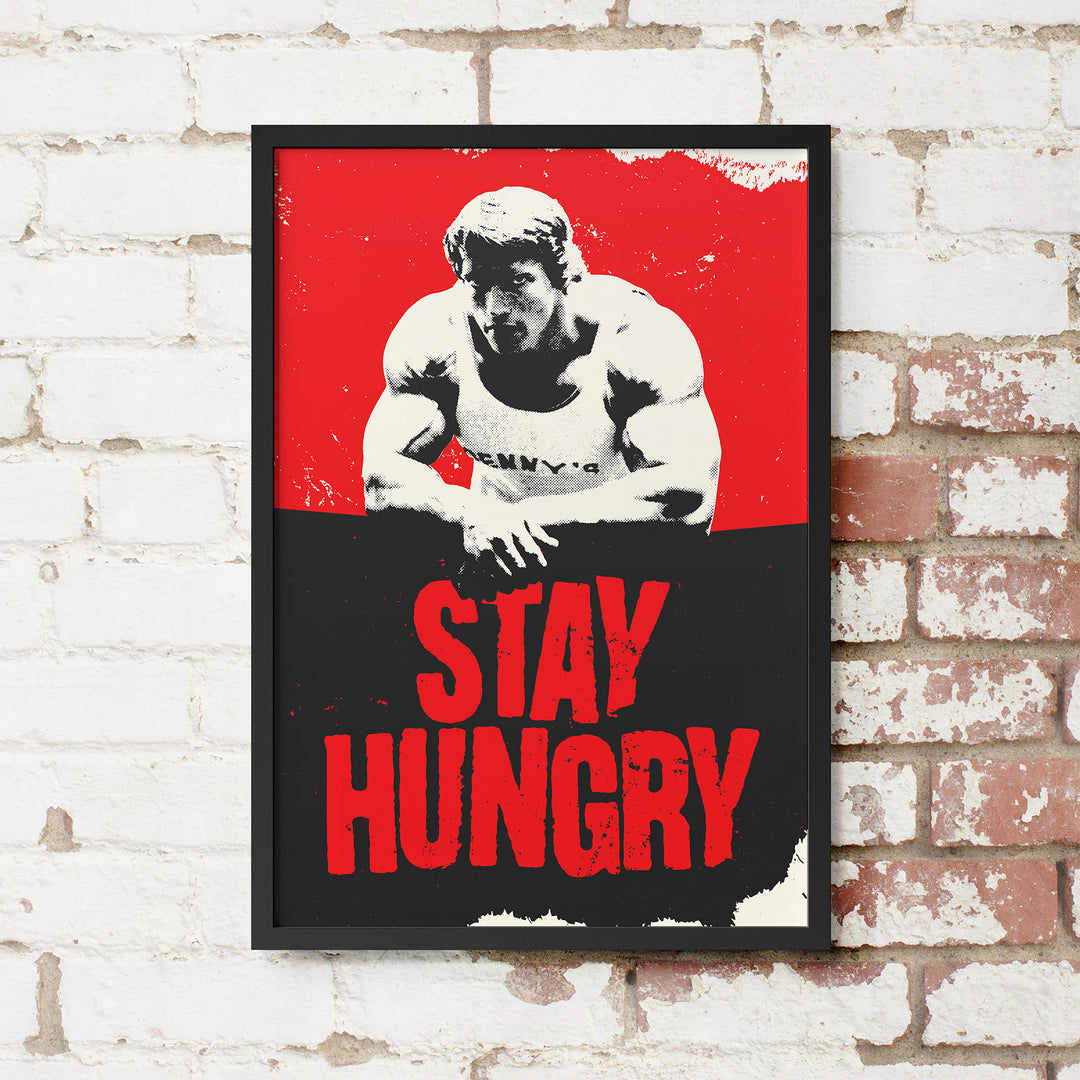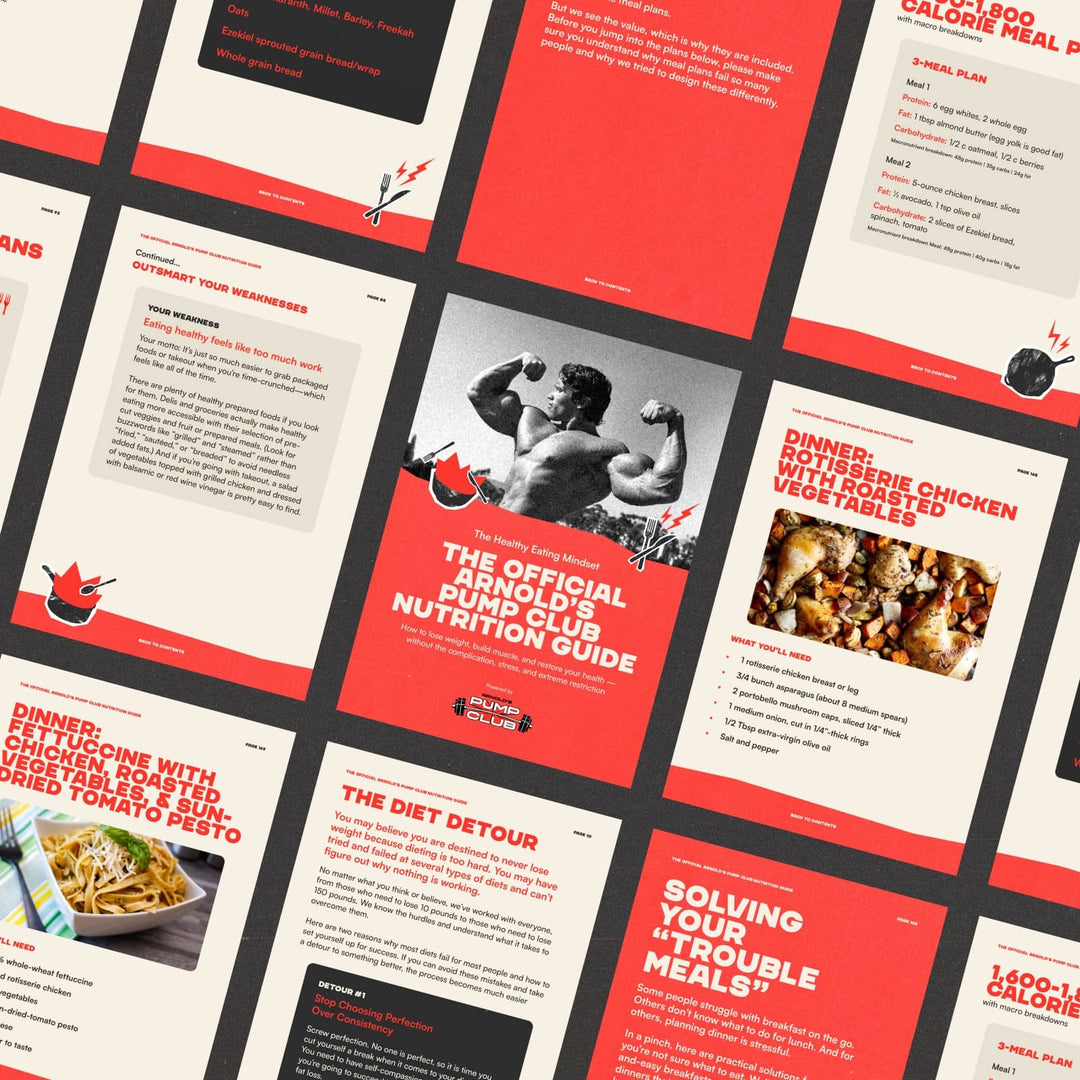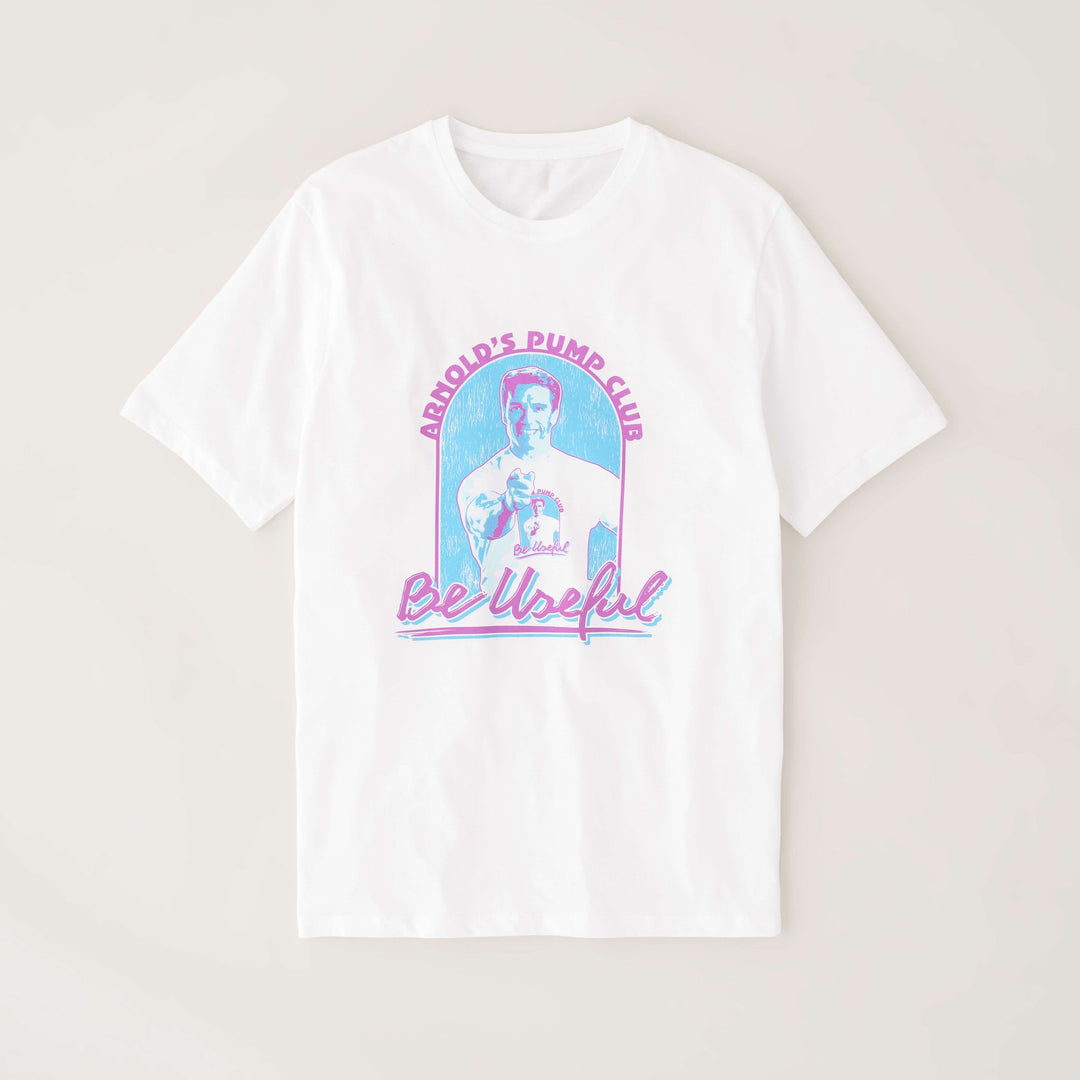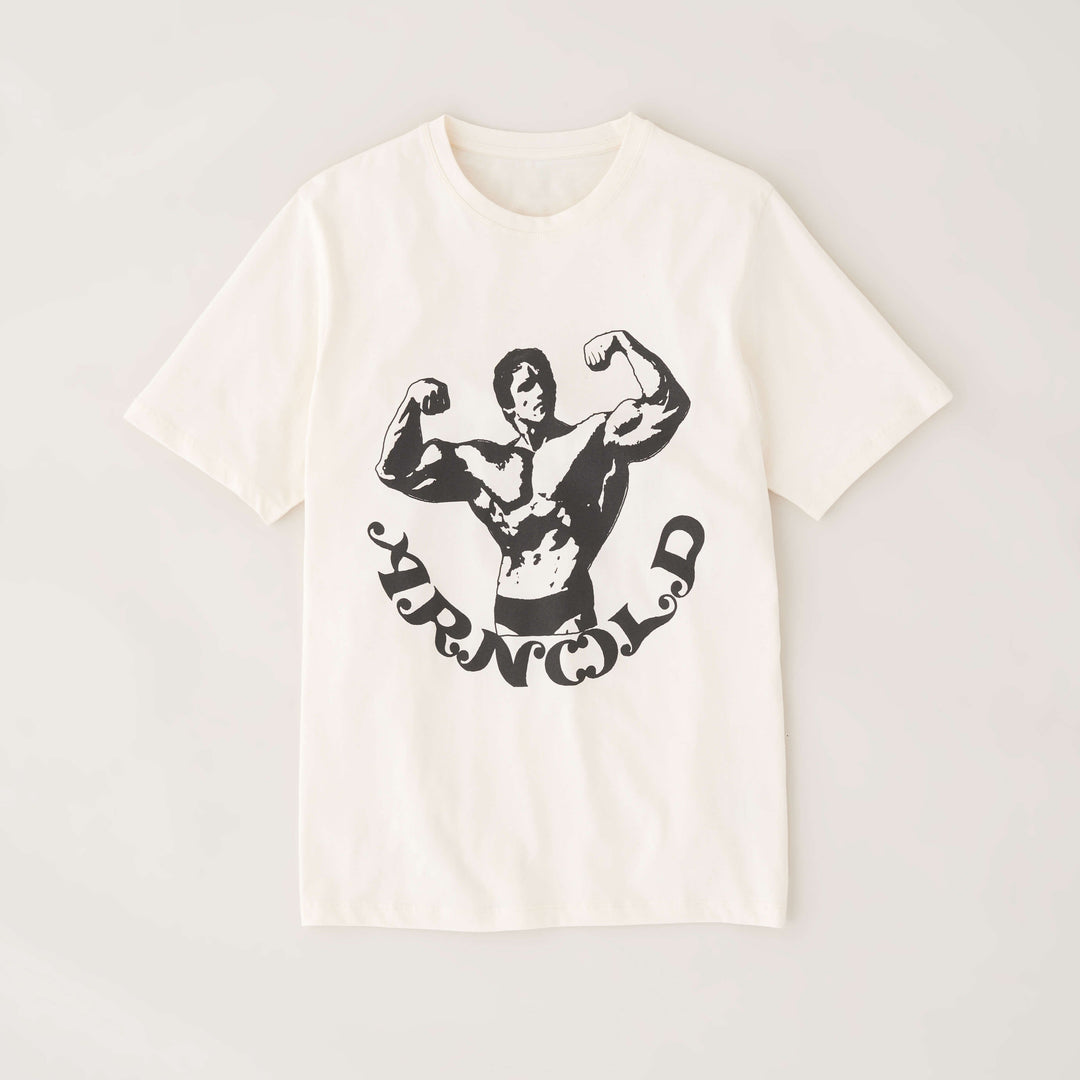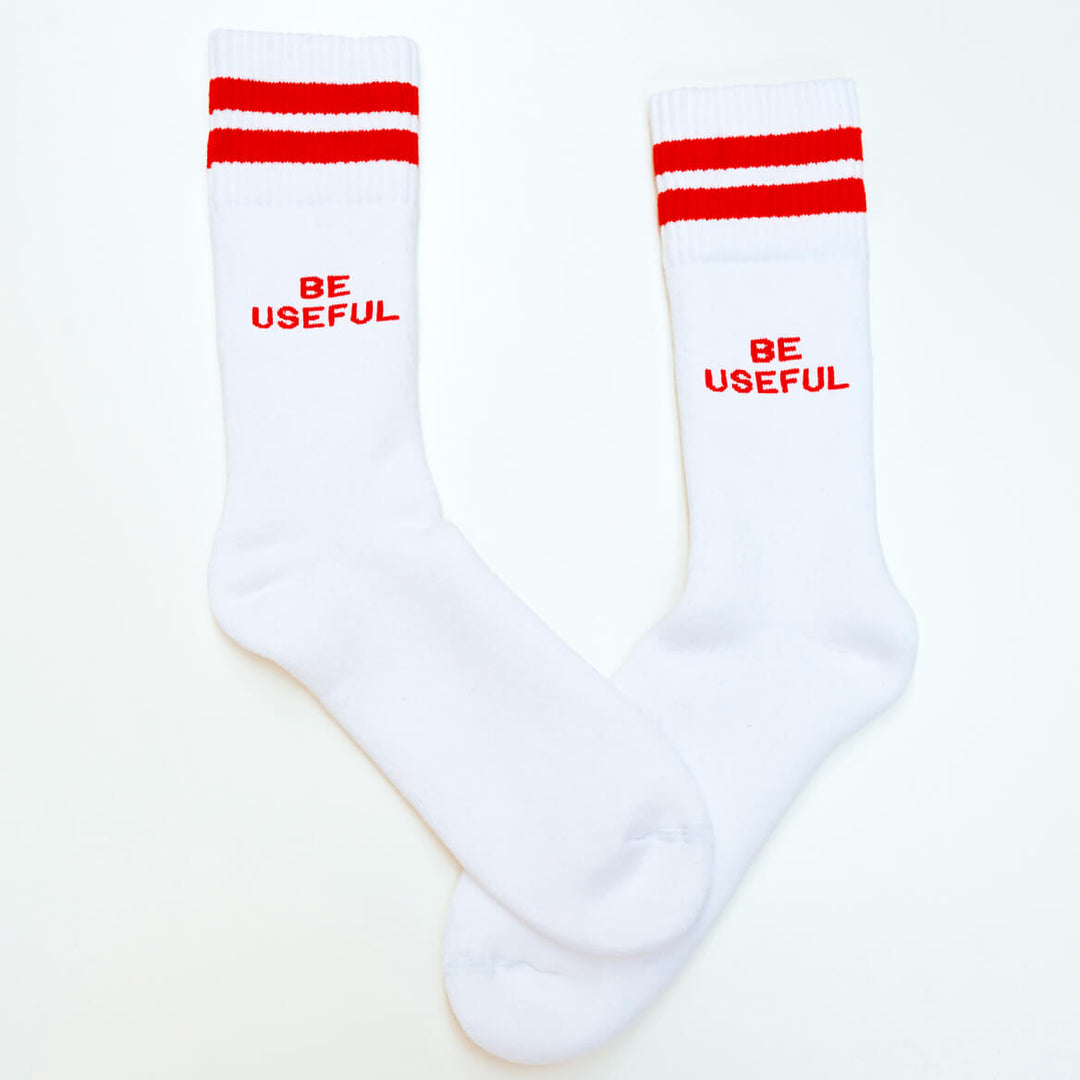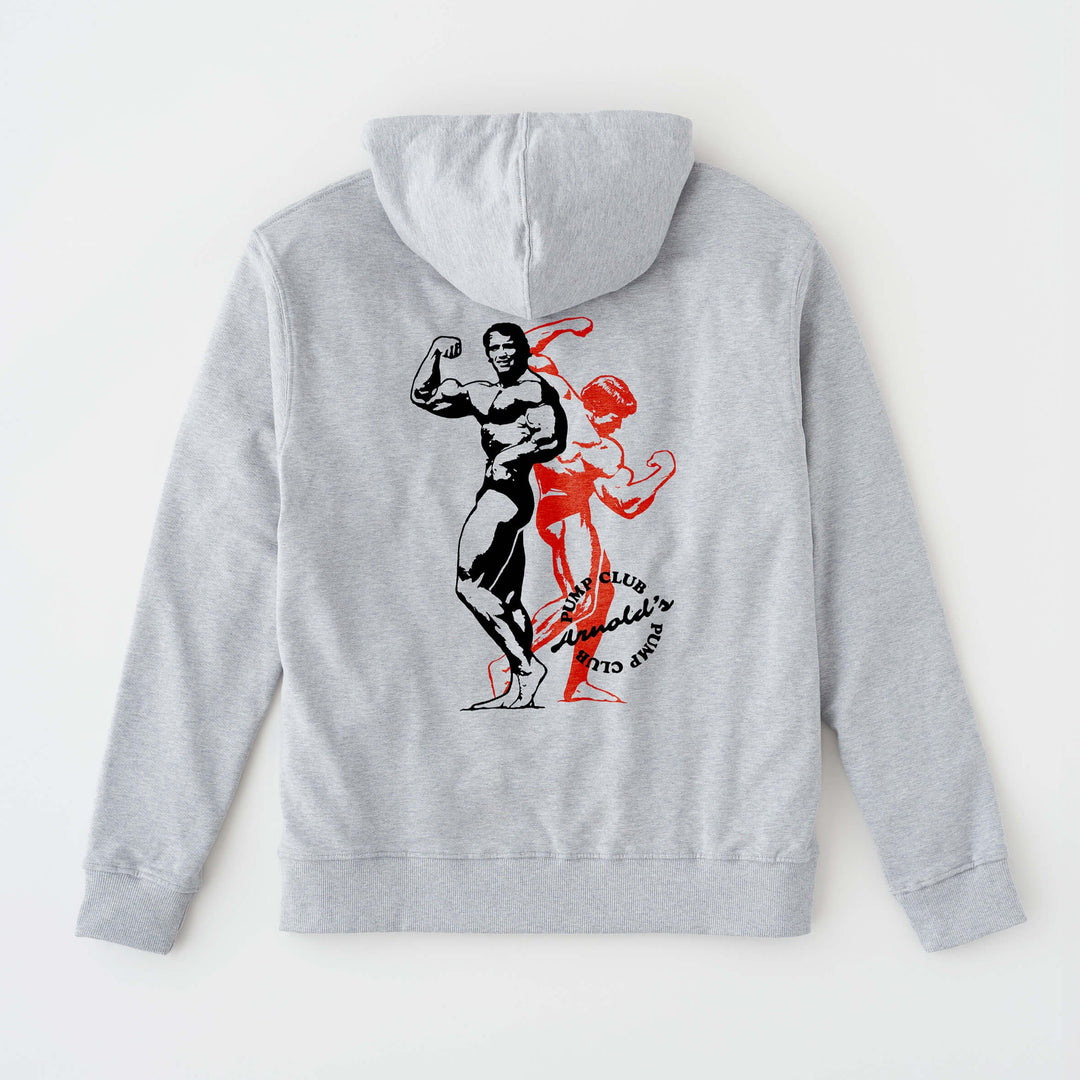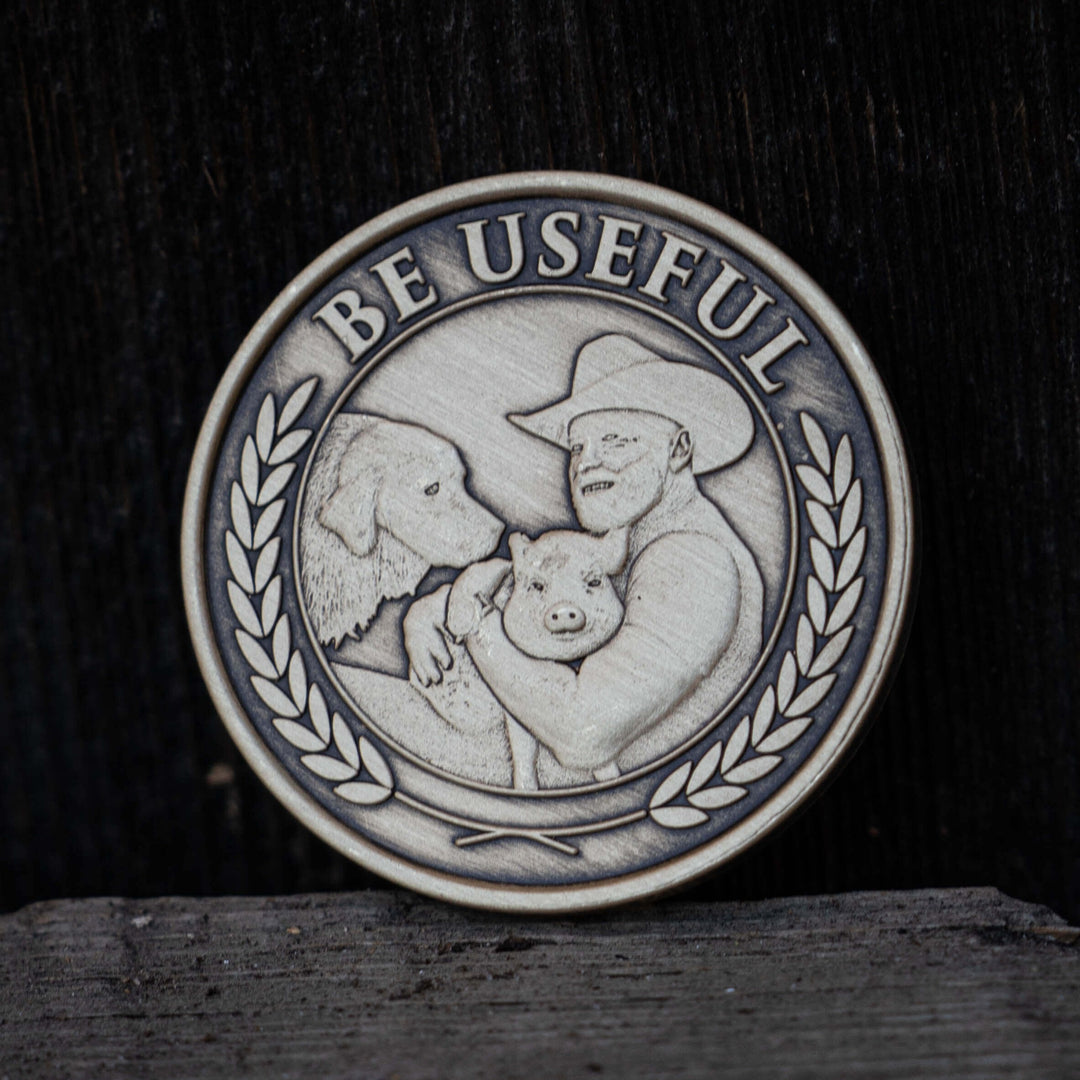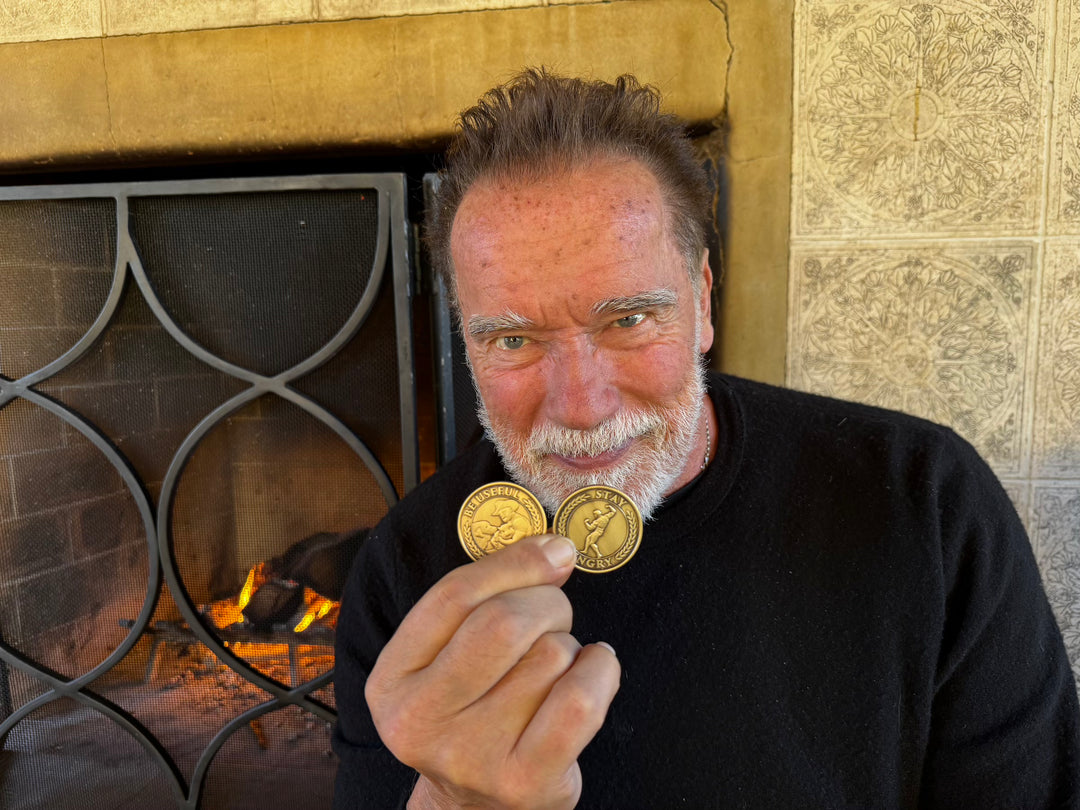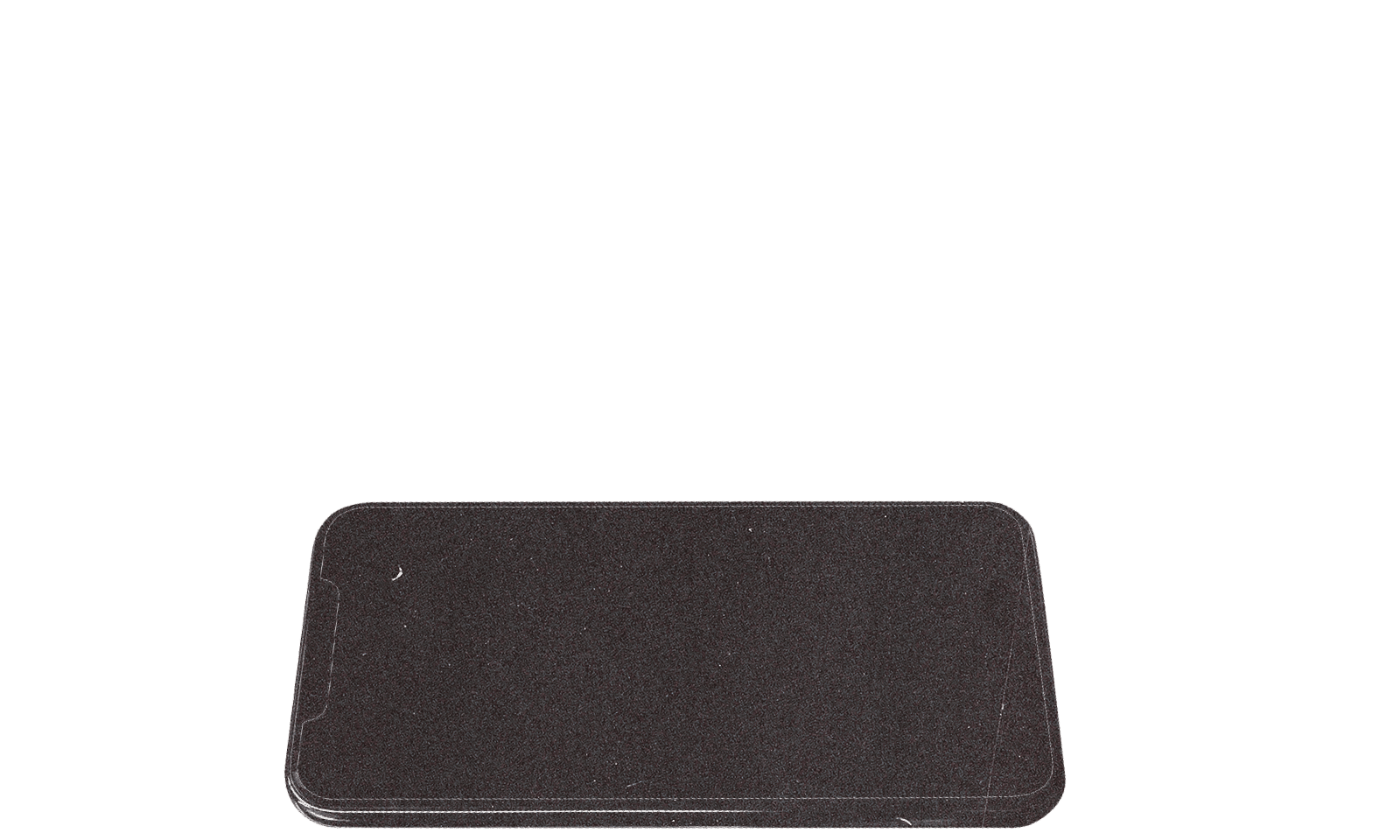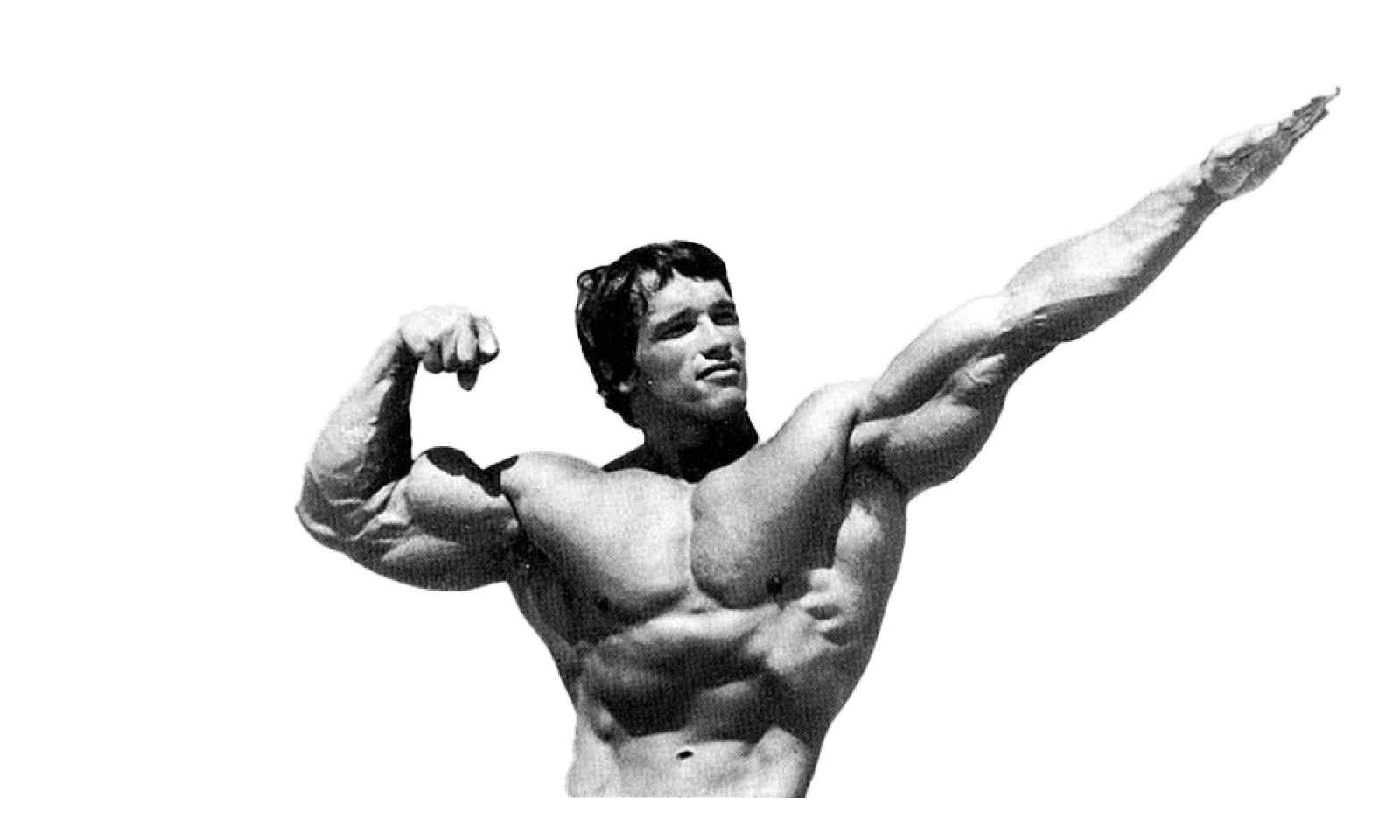Welcome to the positive corner of the internet. Every weekday, we help you make sense of the complex world of wellness by analyzing the headlines, simplifying the latest research, and providing quick tips designed to help you stay healthier in under 5 minutes. If you were forwarded this message, you can get the free daily email here.
Today’s Health Upgrade
Why you don’t exercise more (even when you want to)
The real risk of blue light at night
How to increase deep sleep
Adam’s corner: “The Map”
Arnold’s Podcast
Want more stories from Arnold? Every day, Arnold’s Pump Club Podcast opens with a story, perspective, and wisdom from Arnold that you won’t find in the newsletter. And, you’ll hear a recap of the day’s items. You can subscribe on Apple, Spotify, Google, or wherever you listen to podcasts.
Fitness
Why You’re Not Exercising More (Even If You Want To)
Ever promised yourself you'd exercise tomorrow...only to find yourself on the couch watching Netflix instead? You're not alone—and science explains exactly why this happens.
Research shows that even with the best intentions, nearly 50 percent of people fail to follow through on their exercise plans — unless you master the skills of “action control.”
Scientists analyzed 54 studies involving over 20,000 participants to understand why we don't do what we say we're going to do when it comes to physical activity.
Using the Action Control Framework, researchers identified three key phases where people get stuck: pre-action (forming a plan), action (initiating behavior), and post-action (maintaining consistency).
The researchers discovered that the biggest barriers weren’t motivation or knowledge, but a lack of strategies for turning intentions into habits. Three psychological factors make the biggest difference in whether you'll actually follow through:
Awareness: People who monitor their own behavior and stay conscious of their goals are 91 percent more likely to exercise as planned.
Self-regulation: Those who can actively control their behavior (saying no to distractions) are 58 percent more likely to follow through.
Self-efficacy: Believing you can actually complete the workout increases follow-through by 44 percent.
The researchers believe that these tactics reduce “intention decay”—the gradual drop-off between deciding to act and actually doing it. By creating structure, you make it easier for your brain to follow through, even when motivation dips.
This research shows exactly how to bridge the gap between intention and action:
Schedule workouts in your calendar like important meetings. Don't just think "I'll work out later" - decide exactly when and where.
Set reminders on your phone to increase your awareness throughout the day.
Start with workouts you know will work.
Create accountability by working out with a friend or sharing your goals with others.
If you want an all-in-one solution, we built The Pump Club app around the latest research designed to not just get you results better than anything you’ve tried — but to keep you consistent.
Remember, motivation is unreliable, but systems are sustainable. The Pump Club was designed so you don’t need to rely on willpower—you’re using these proven strategies to make exercise automatic. It’s not just workouts, it’s coaching, habits, support, reminders, and accountability. Everything you need to make sure this time is different.
The Pump has powered tens of thousands of transformations — and we want to help you next. To celebrate Arnold’s birthday, the app is just $6 (USD) per month for a limited time when you join the annual plan. And when you get your membership, you get a free annual membership to gift to anyone. You’re one decision away from improving your health.
Fact Or Fiction
Does Blue Light at Night Destroy Focus the Next Day?
While we often blame stress or caffeine crashes for brain fog, research suggests your evening screen habits might be the real culprit.
Evening blue light exposure disrupts sleep quality, which impairs next-day focus, memory, and cognitive performance.
Scientists have extensively studied how blue light from phones, tablets, and TVs affects our sleep-wake cycles. Scientists have analyzed every detail that matters — sleep onset time, sleep quality, melatonin levels, and next-day cognitive performance, including attention, memory, and reaction time.
And it appears that evening exposure to LED-backlit screens significantly delays sleep onset, reduces sleep quality, and consistently impairs next-morning alertness and cognitive function.
Your brain contains specialized cells that act like internal light sensors. When blue light hits these cells in the evening, they send an "it's daytime" signal to your brain, which then suppresses melatonin production—your natural sleep hormone. This tricks your body into staying alert when it should be winding down.
The result? You fall asleep later, sleep more restlessly, and wake up with your cognitive systems still in recovery mode. It's like forcing your brain to work overtime when it desperately needs rest and restoration.
Many influencers will tell you to buy blue light-blocking glasses, but the research on those is mixed, inconsistent, and inconclusive.
Instead, start with the 2-hour rule: Minimize blue light exposure in the two hours before your target bedtime. This doesn't mean living in darkness—just being strategic.
Having better focus can be as simple as checking your phone settings and using night mode.
If avoiding screens entirely isn't realistic, prioritize reducing the brightness and switching to warmer color settings. Even small reductions in blue light exposure can improve sleep quality.
Together With Eight Sleep
How To Increase Deep Sleep Every Night
You know that feeling when you flip your pillow to the "cool side" and suddenly feel more comfortable? Your body might be telling you something important about the relationship between temperature and sleep quality.
Sleeping on a mattress designed to pull heat away from your body can increase your deep sleep and lower your resting heart rate — two critical ingredients for better recovery and brain health.
Researchers compared regular mattresses to mattresses designed to reduce body heat during sleep. Those sleeping on the special mattresses averaged more slow-wave sleep (the deepest, most restorative stage), and their heart rates dropped.
The mechanism makes perfect biological sense. Your core body temperature naturally drops 1 to 2 degrees as you fall asleep—it's one of your body's strongest sleep signals. When your mattress actively helps remove heat, it accelerates this natural cooling process.
Scientists found that slow-wave sleep is associated with better cognition, memory, and processing. More importantly, it helps prevent dangerous health conditions like Alzheimer’s by clearing out potentially dangerous beta amyloid proteins that are associated with the disease.
Here's what you can do tonight: Start simple by choosing breathable, natural fiber sheets and sleepwear. Keep your bedroom between 65°F and 68°F.
Or, a new mattress could be one of the best health investments you make. We tested out the best cooling mattresses, and Eight Sleep was most effective at doing what matters — improving deep sleep and REM.
It’s not just that it cools your mattress; the Eight Sleep Pod adjusts to your body temperature, meaning that it automatically changes the temperature to help you get as much quality sleep every night.
Unlike most tech, Eight Sleep has clinical studies to support its claims. A study published last year found that the pod helped individuals fall asleep faster, increased deep sleep, and improved heart rate and heart rate variability, which is an indicator of cardiovascular recovery.
As an APC reader, use code PUMPCLUB to get $350 off your Pod 5 Ultra. It’s risk-free for 30 days—and the benefits could last a lifetime.
Your sleep doesn't need to be perfect, but this minor temperature tweak could add meaningful recovery time every single night.
Adam’s Corner
“The Map” You’re Looking For Is Right In Front Of You
She sat across from me, radiant in a way that can only come from surviving something. Tears in her eyes, triggered by happiness but filled with sorrow.
We’ll call her Patty — and she’s in the best place she’s ever been with fitness, nutrition, and her sense of self. Her workouts are consistent. Her meals are balanced. Her mindset? Solid. Now in her 60s, she’s doing things she never thought possible in her 40s.
And yet, when we met in person, her voice cracked.
“I’m proud of how far I’ve come. But I can’t stop thinking about all the years I wasted. All the crappy diets. The guilt. The pressure to look a certain way. If I had known then what I know now…”
Then, she said the words that sound like so many I’ve heard before:
“I wish my map didn’t look like I was walking in the dark. So close to what I wanted, but yet still so far away.”
That’s the trap of progress. You finally get clarity—and the first thing you do is use it to beat yourself up.
But hindsight is deceptive. It feels like truth. But often, it’s just growth looking backwards.
The hardest part about health, fitness, and nutrition is you want solutions, but none of us start with answers. We earn them.
It’s easy to forget this or ignore it completely. We want the perfect plan, the one-size-fits-all answer. The best diet. The ultimate workout. The productivity system that finally makes us feel whole.
But real personalization—the kind that works—doesn’t come from a lab or algorithm. It comes from experience.
Yes, science is advancing. One day, we’ll have better tools to guide our decisions. Maybe we’ll know how to feed your microbiome. It’s possible and very likely that you’ll know the exact foods that work best for you. But, right now? Most of what’s sold as “personalized” health today is just science fiction dressed up with good marketing. And it’s not even close to being as helpful as you’re told.
So you spend more money, invest in more hacks, think you’re optimizing, but you’re really just adjusting the dial on neuroticism, stress, and manipulation.
Because when you’re told, “This is designed for your body,” and it doesn’t work, then the suggestion is you’re broken. Or you lack discipline. Or you didn’t do it right.
It’s time to step away from those promises and that mindset.
The personalization you actually need? It’s already there, right in front of you. And it won’t sound exciting, but accepting how we grow is exactly how Patty — and so many others I’ve worked with over the past 20+ years — not just find peace, but find salvation, control, happiness, and better health.
The Future Of Your Health Doesn’t Depend on Technology
The personalization you desire is waiting in your experiences and mistakes.
It’s in your trial runs with low-carb diets, fasting windows, proteins you enjoy, carbs that leave you satisfied, and the workouts that make you better.
It’s in the routines you tried and hated, and the ones you stuck with for years.
It’s in the times you failed—and got back up.
That’s how you figure out what works for you.
Health isn’t a game you win by finding the “best answer.” It’s about accepting the process and becoming the kind of person who keeps showing up until your answer reveals itself.
But that only happens when you stop cursing your past.
Because the failed diets? They taught you what deprivation and complication feels like.
The guilt? It showed you what compassion was missing.
The workouts you dreaded? They helped you realize that enjoyment matters, too.
The irony of regret is that it often means you’ve already done the hardest work: you’ve grown.
You don’t need to wish for a different past. You just need to honor the one that made you better.
Every bad plan taught you something. Every slip was part of the sampling. And now? You’re not guessing. You’re becoming.
You want to personalize your health? First, start by changing how you see yourself.
This isn’t just philosophy—it’s neuroscience.
Research suggests that identity-based changes may activate different neural pathways than purely goal-based changes. When your behaviors align with your self-concept, they require less cognitive effort to maintain. That means less willpower. Less friction. Less of the internal tug-of-war we all feel when trying to do something that doesn’t quite feel like you.
The most powerful shift isn’t from “I want to work out more” to “I work out five times a week.”
It’s from “I want to work out” to “I’m the type of person who takes care of my body.”
The distinction seems small, but it’s everything.
When you see yourself as the type of person who exercises, your workouts become expressions of who you are—not just boxes to check off. The same is true with food. Or sleep. Or mindfulness. Or saying no to things that don’t serve you.
This approach aligns with self-perception theory, which suggests that we don’t just act based on who we are—we become who we are based on how we act.
In other words, every time you choose the walk, cook the meal, drink the water, or pause before the knee-jerk reaction, you're not just doing something good — you’re casting a vote for the kind of person you believe yourself to be.
And that’s what builds lasting change.
Because when your identity shifts, your habits don’t just get easier—they become automatic.
That’s why the struggle of your past is so useful.
Not just because it taught you what doesn’t work, but because it helped clarify who you no longer want to be. It stripped away the noise. It showed you what matters.
And now, every choice is an opportunity. Not to be perfect. But to become someone you’re proud of.
So the next time you’re struggling or the next time you look back with frustration, stop and realize the reality of the rocky road:
You’re not broken. You’re in progress.
You’re not late. You’re learning.
You’re not weak. You’re just human—and being human means screwing it up a few times before you get it right.
And once you embrace that, everything gets easier.
Not because the process changes. But because you stop seeing every challenge as confirmation of your failure—And start seeing it as part of the story that builds your future.
So no, you don’t need to love the hard parts. But you can stop fighting them.
Because those struggles? They’re not detours. They’re not darkness making you walk around blindly wanting you to fail.
They’re the map — and those lessons will guide you to exactly where you desire. -AB
—
Publisher: Arnold Schwarzenegger
Editors-in-chief: Adam Bornstein and Daniel Ketchell




